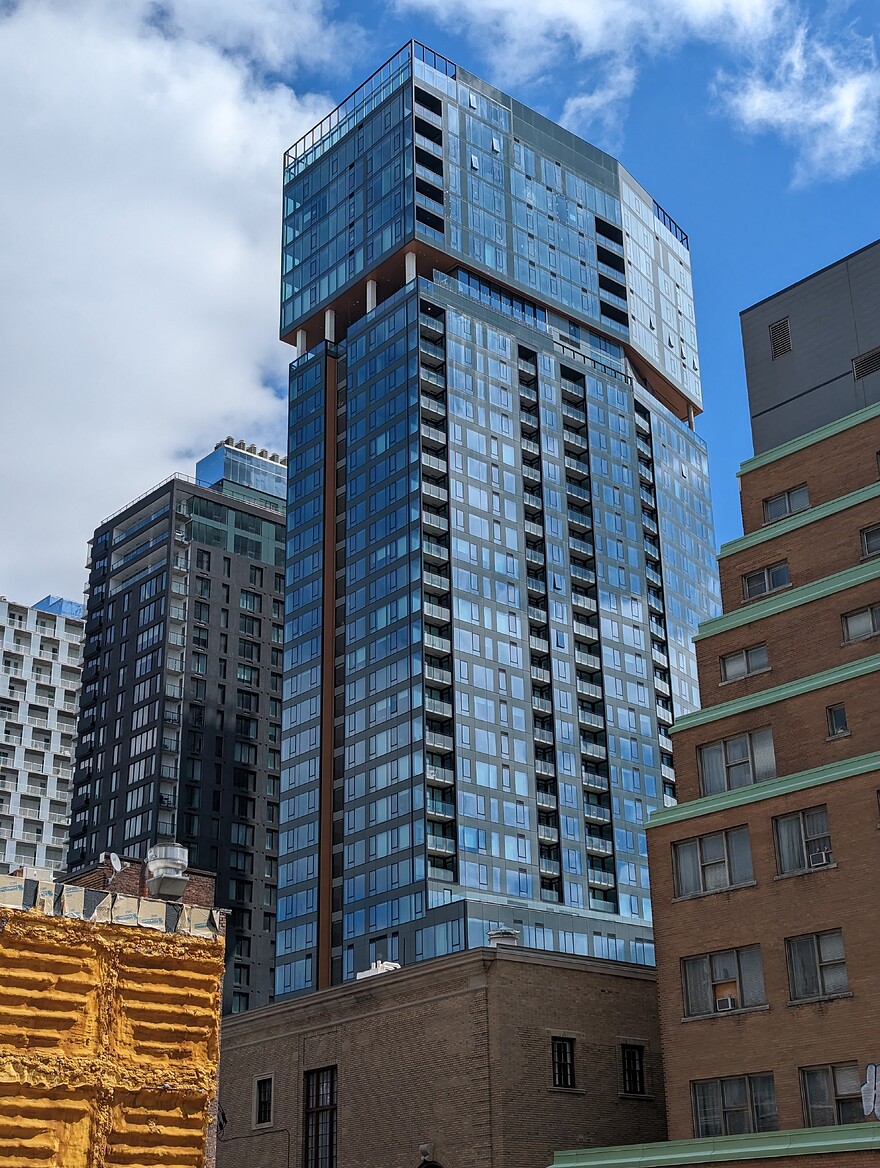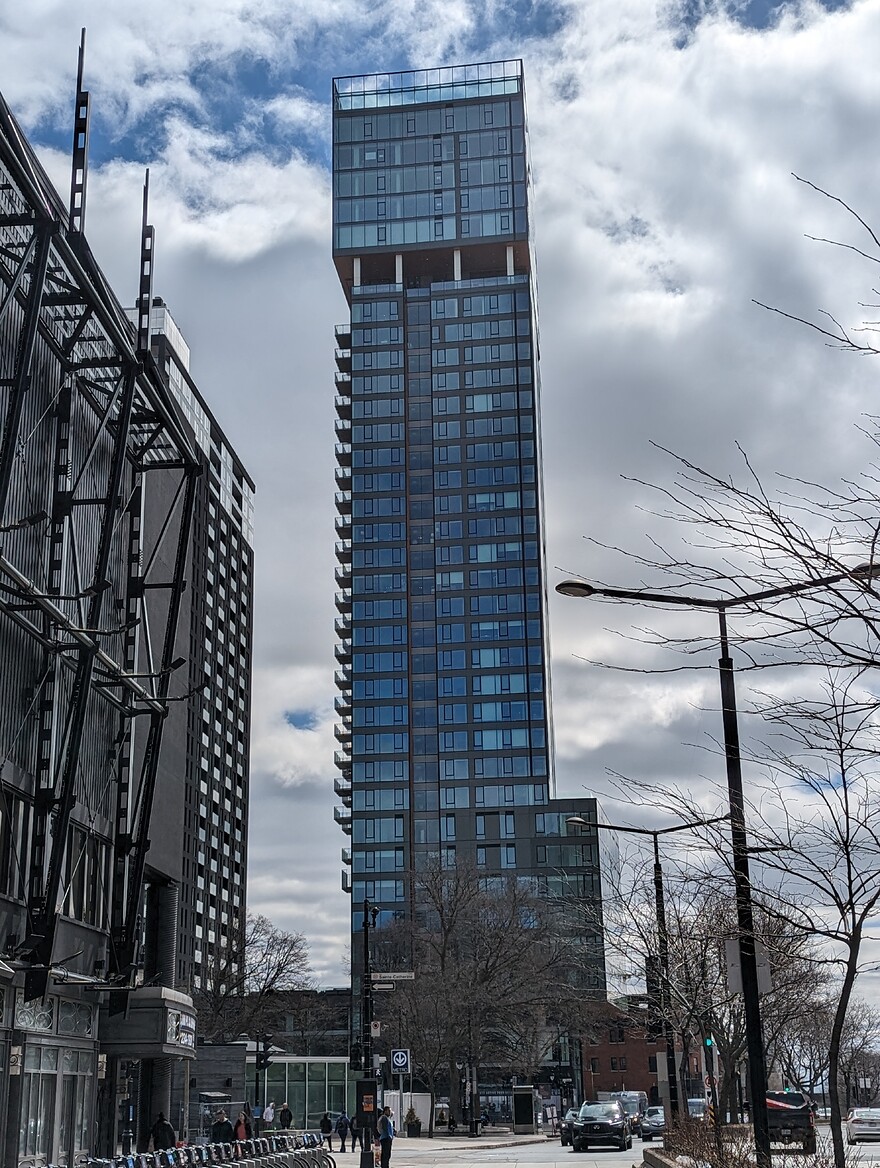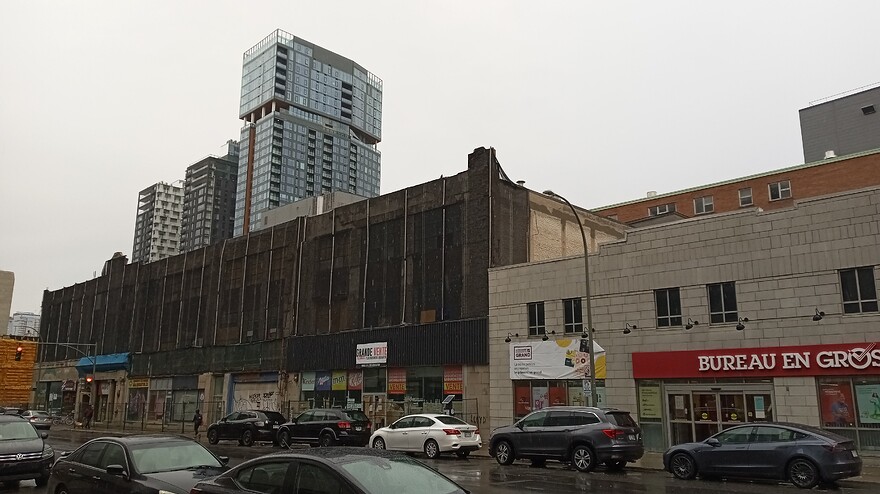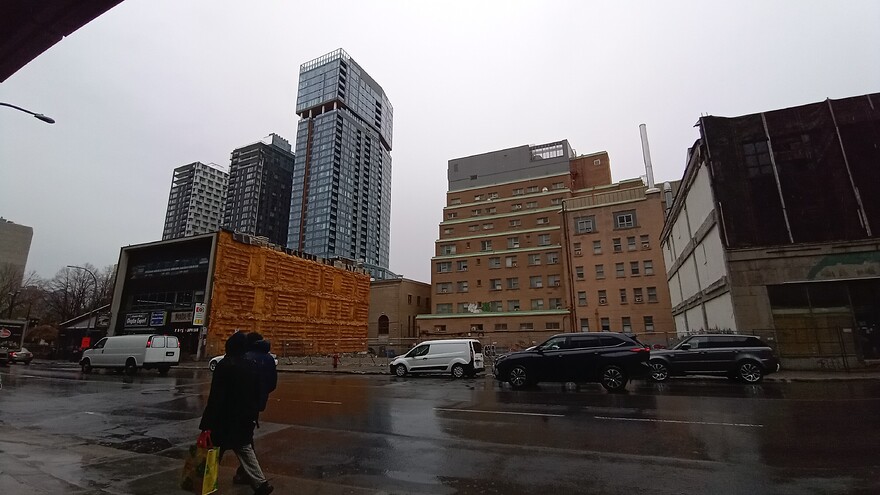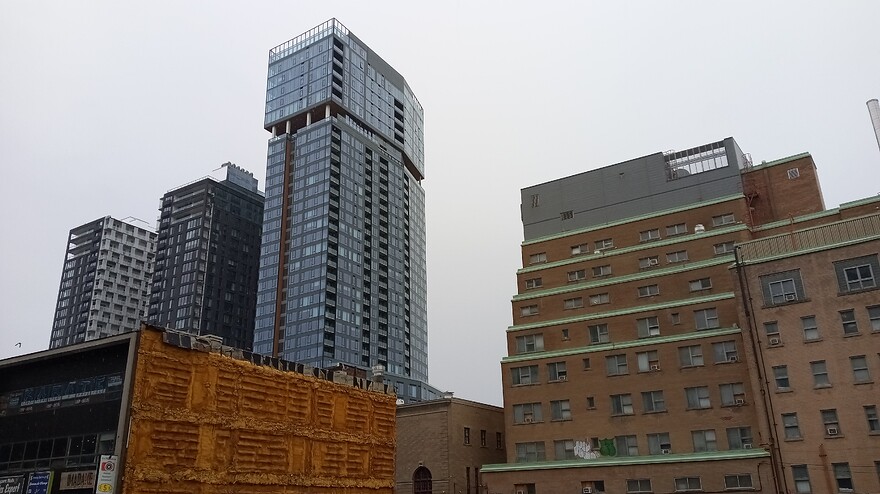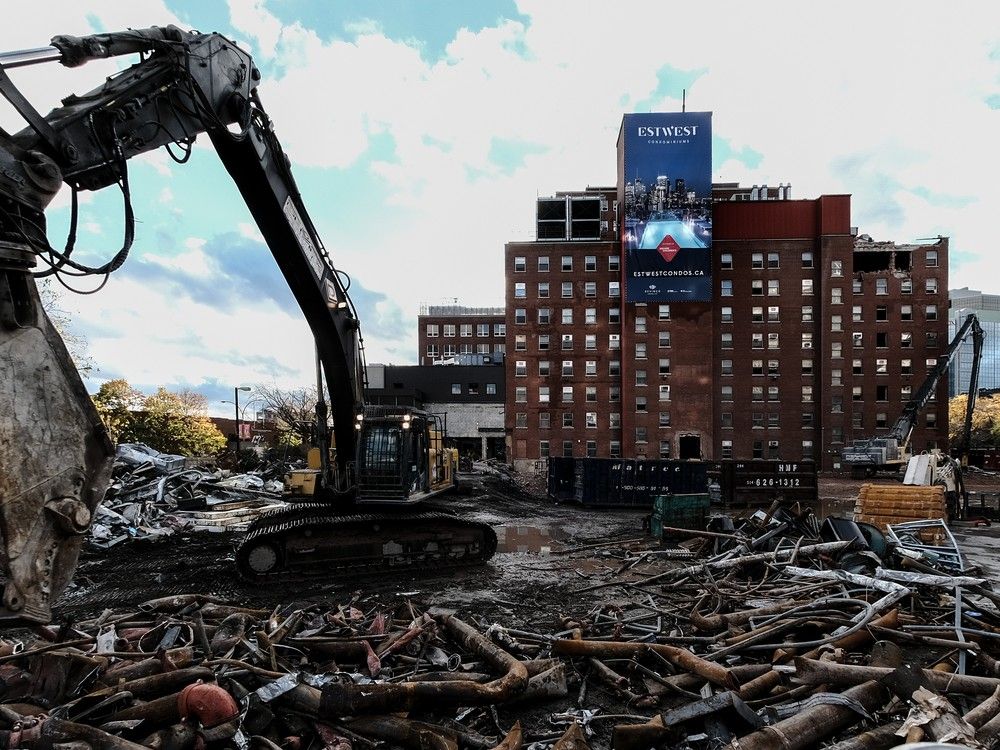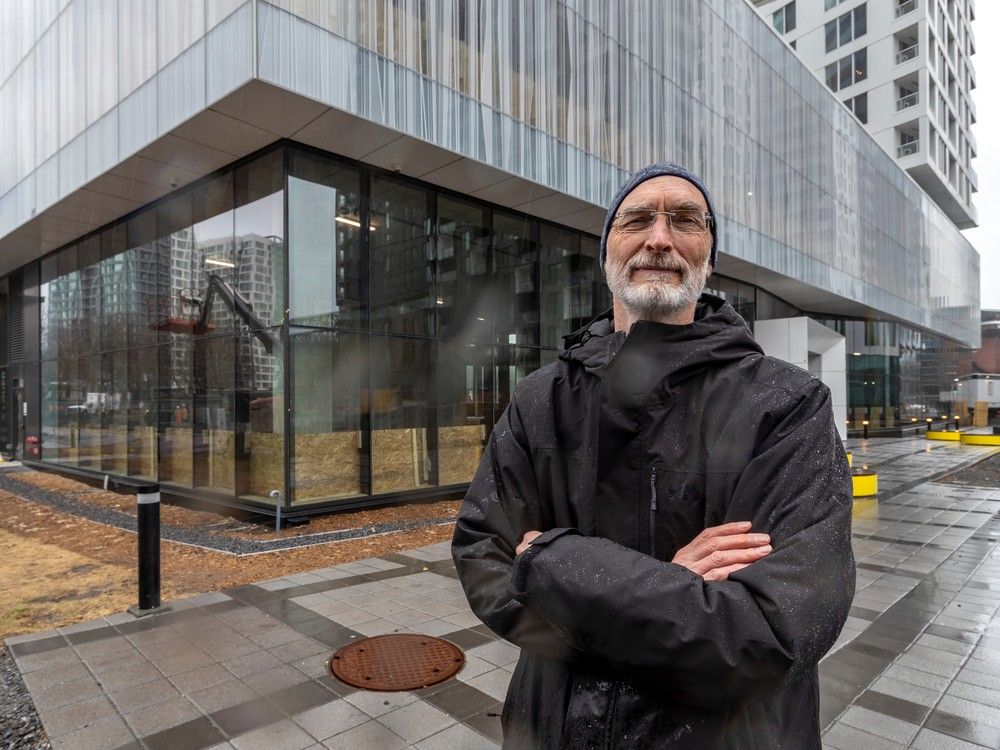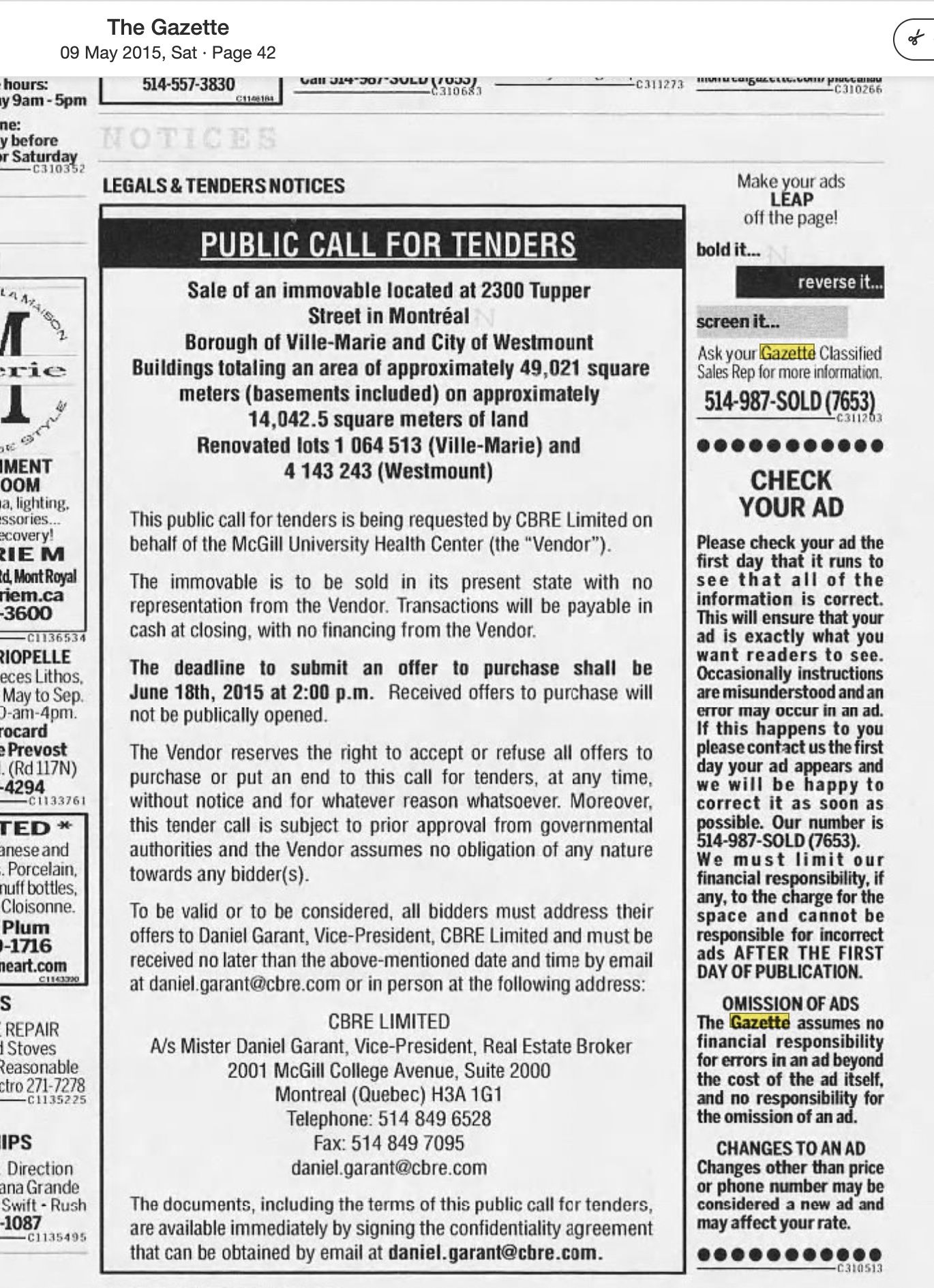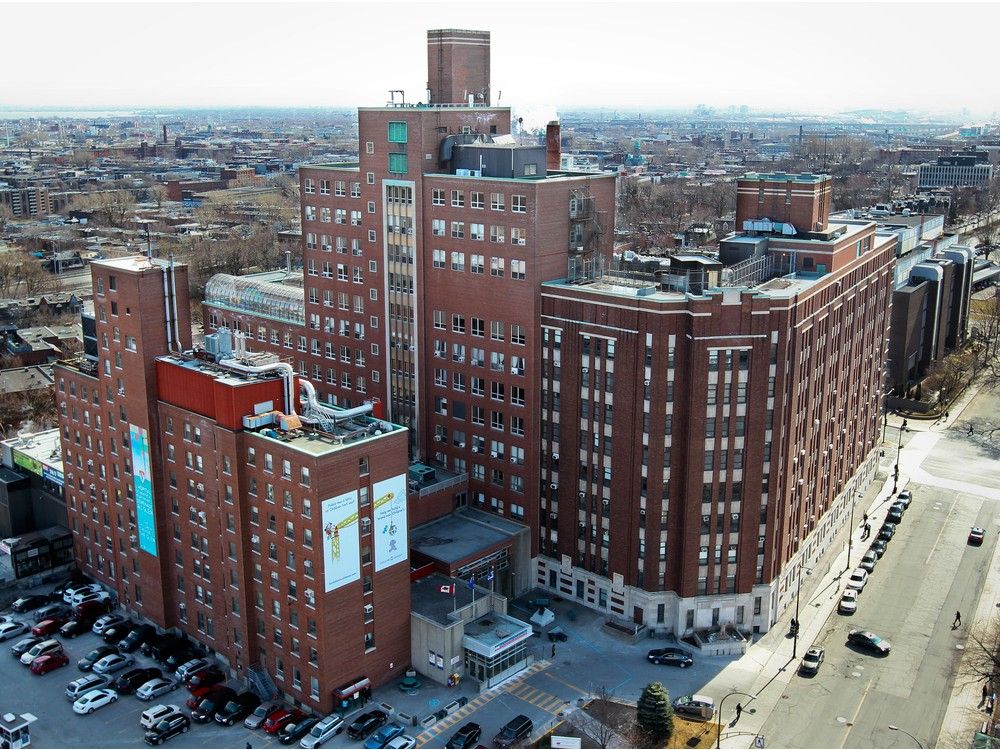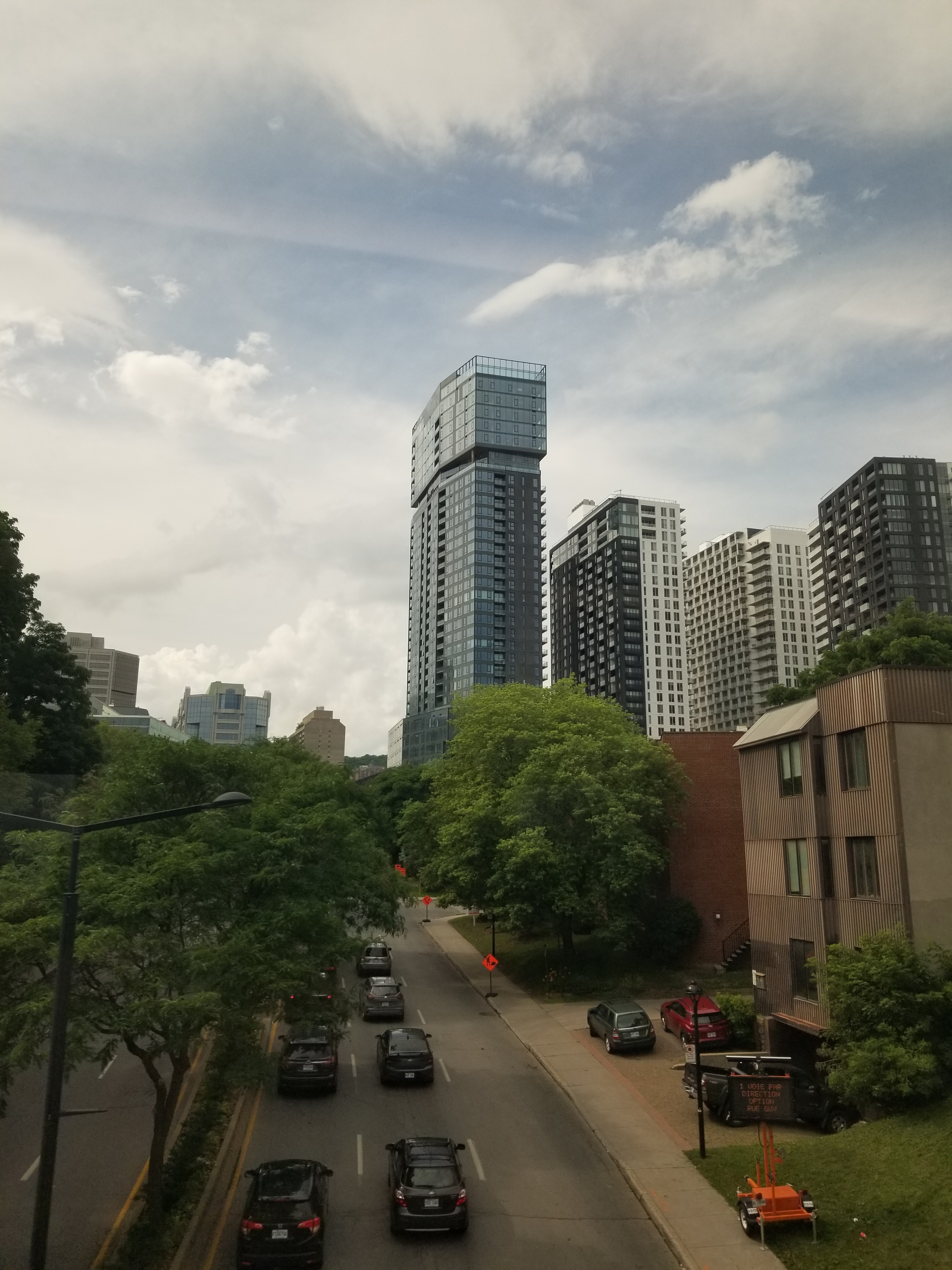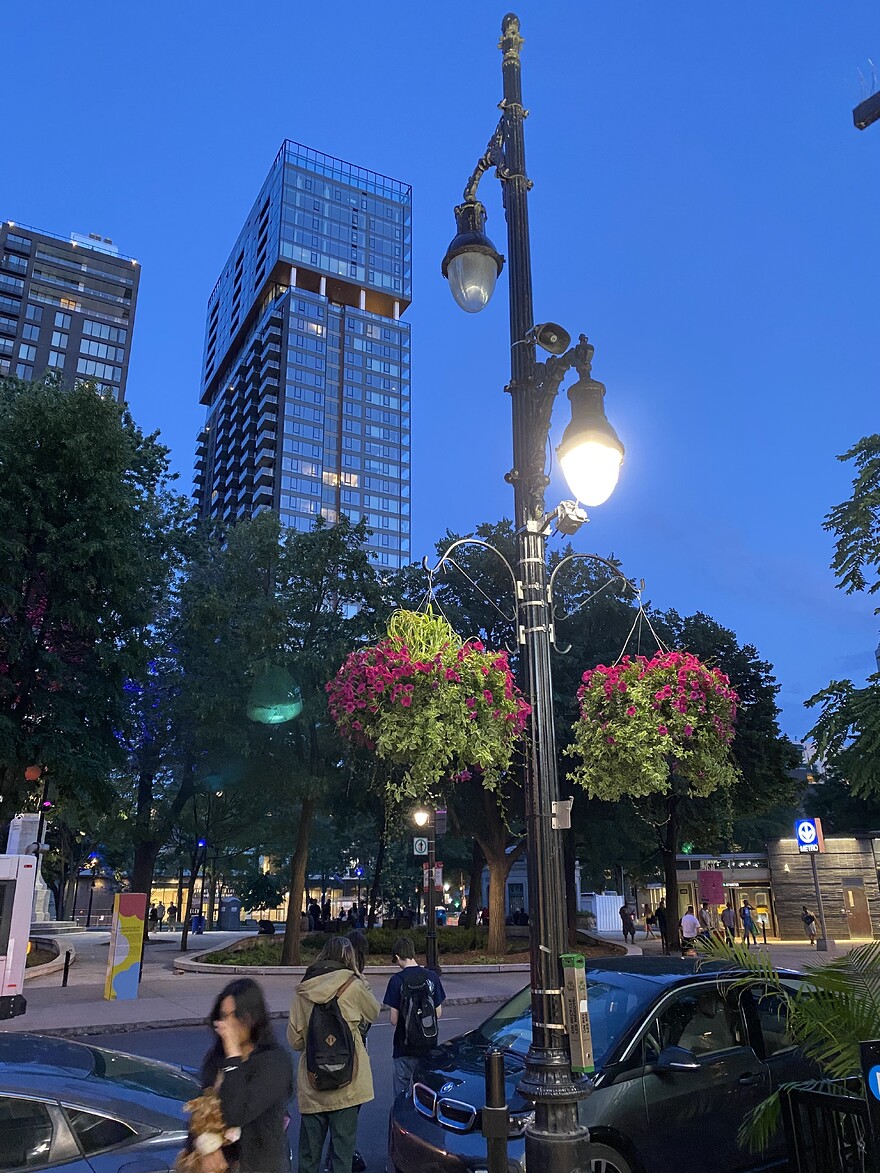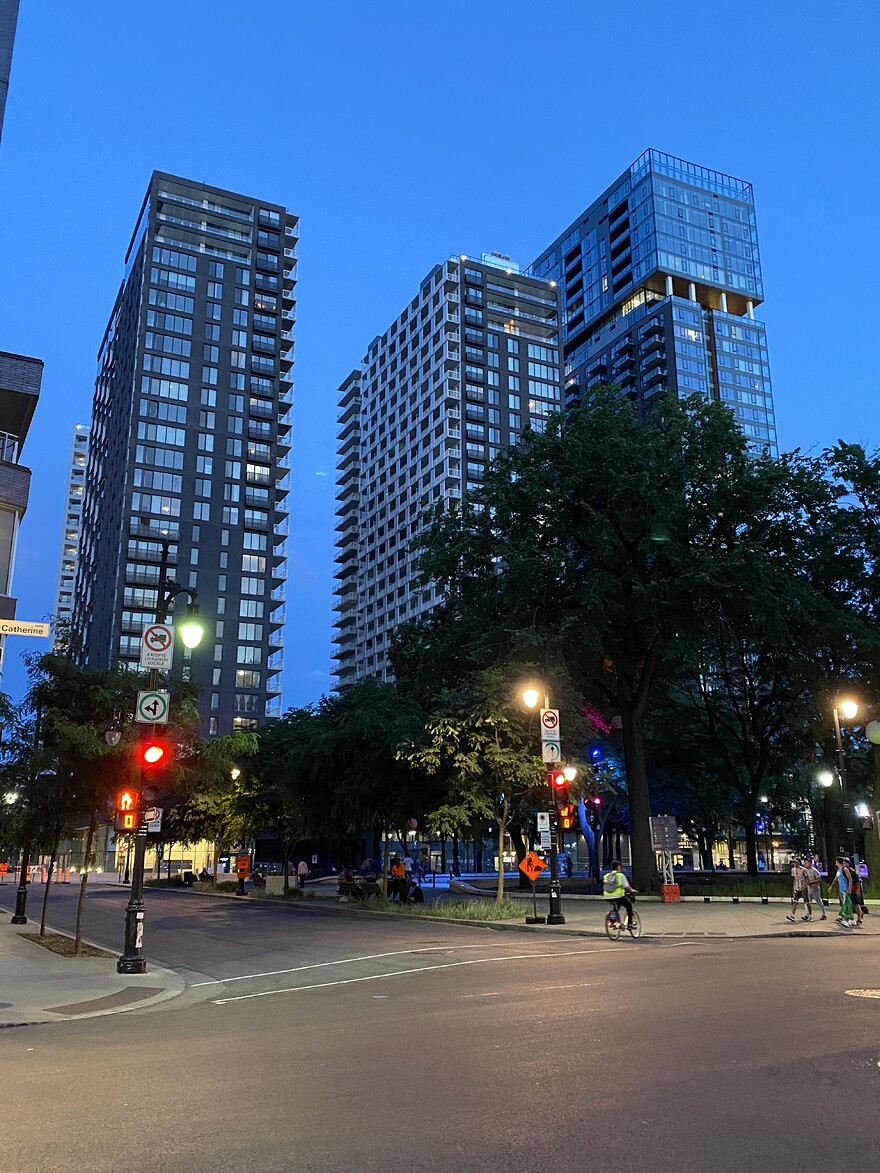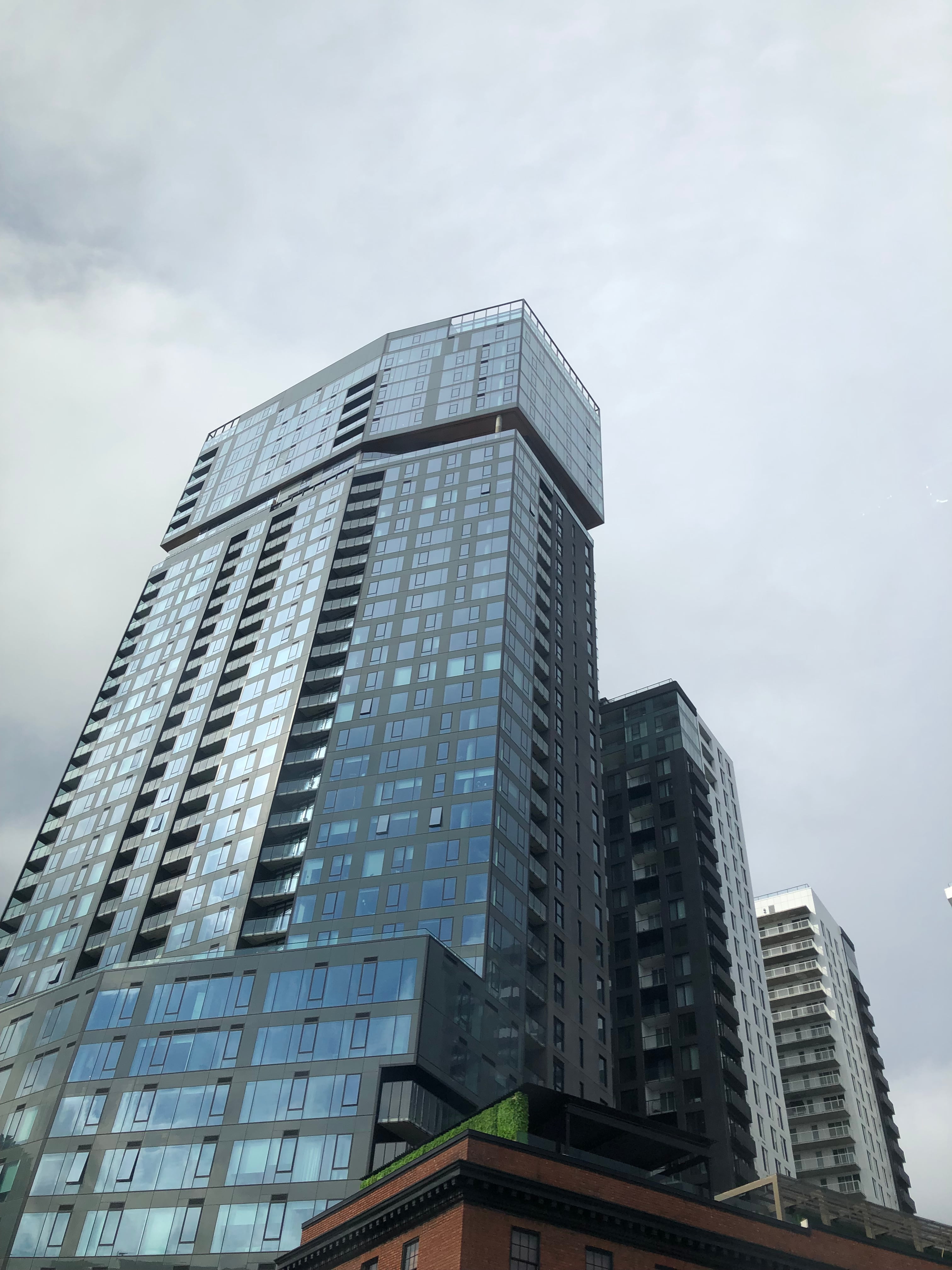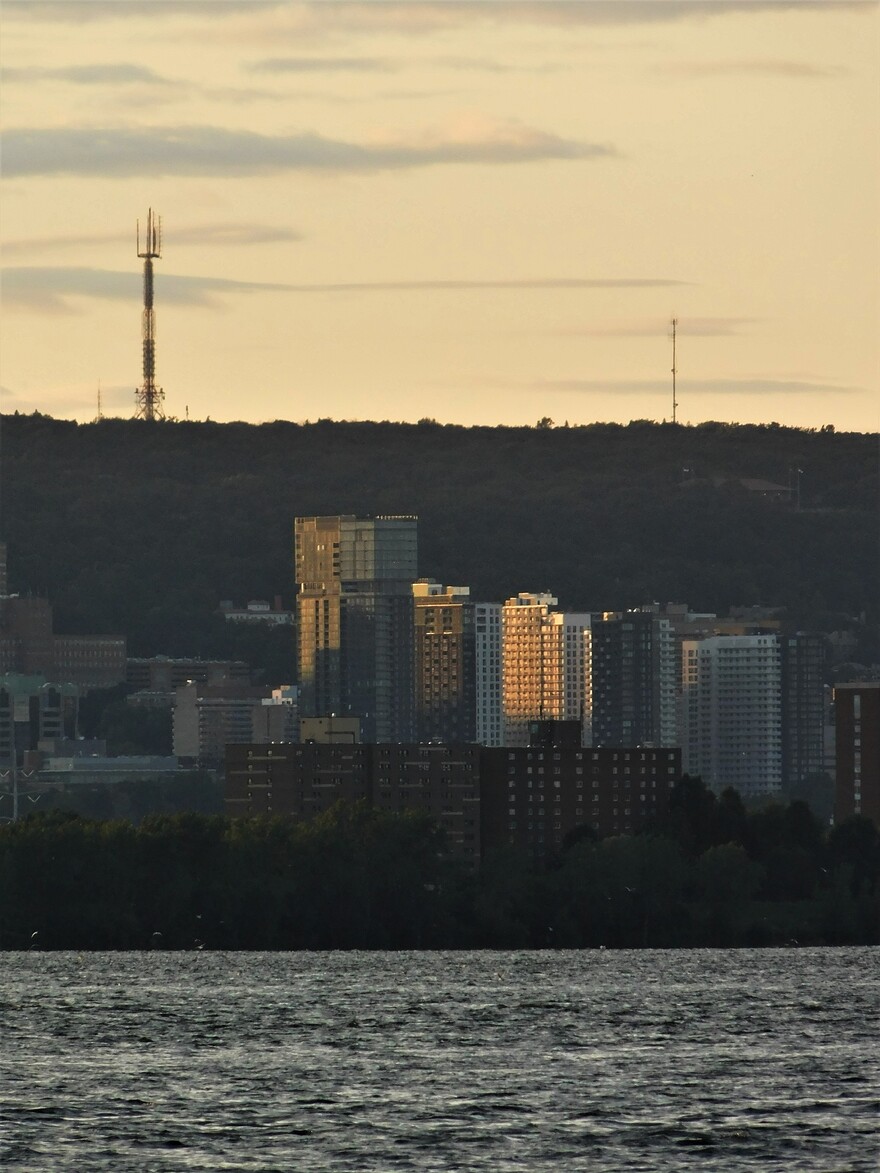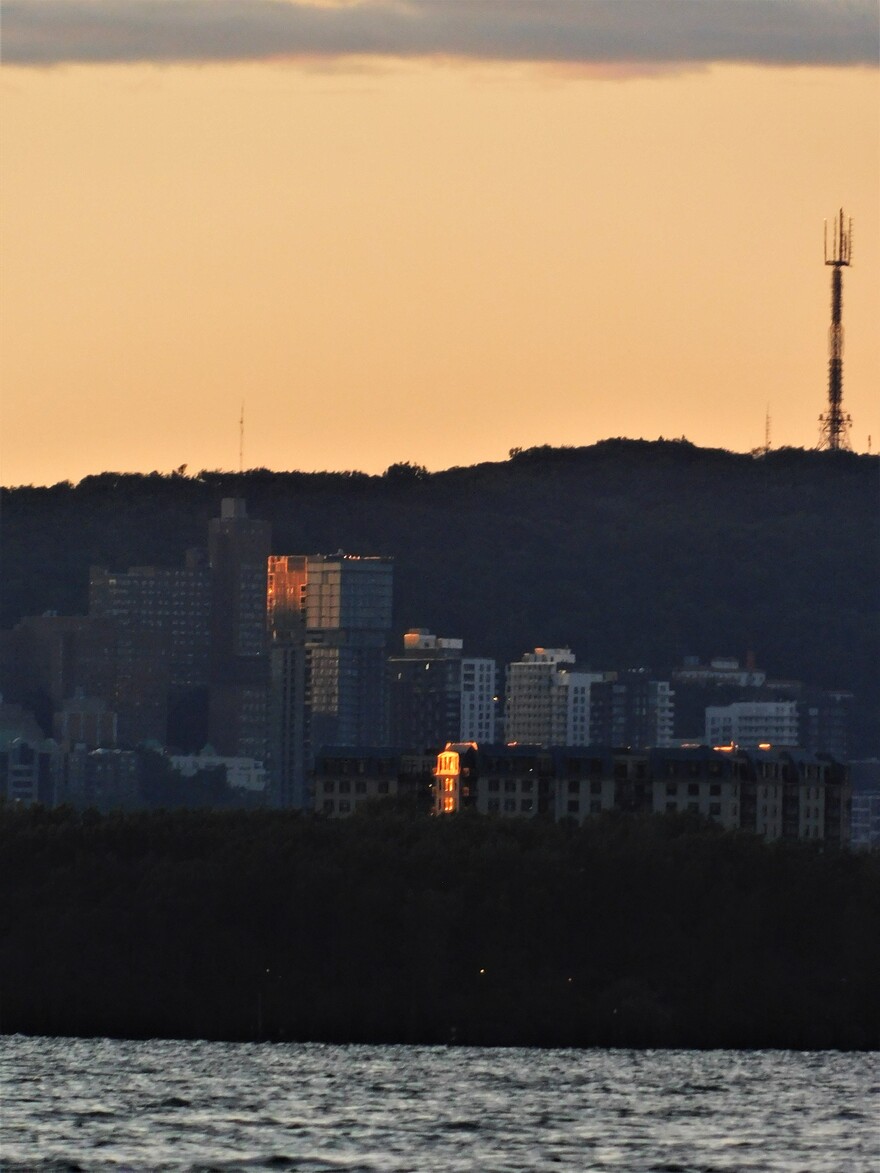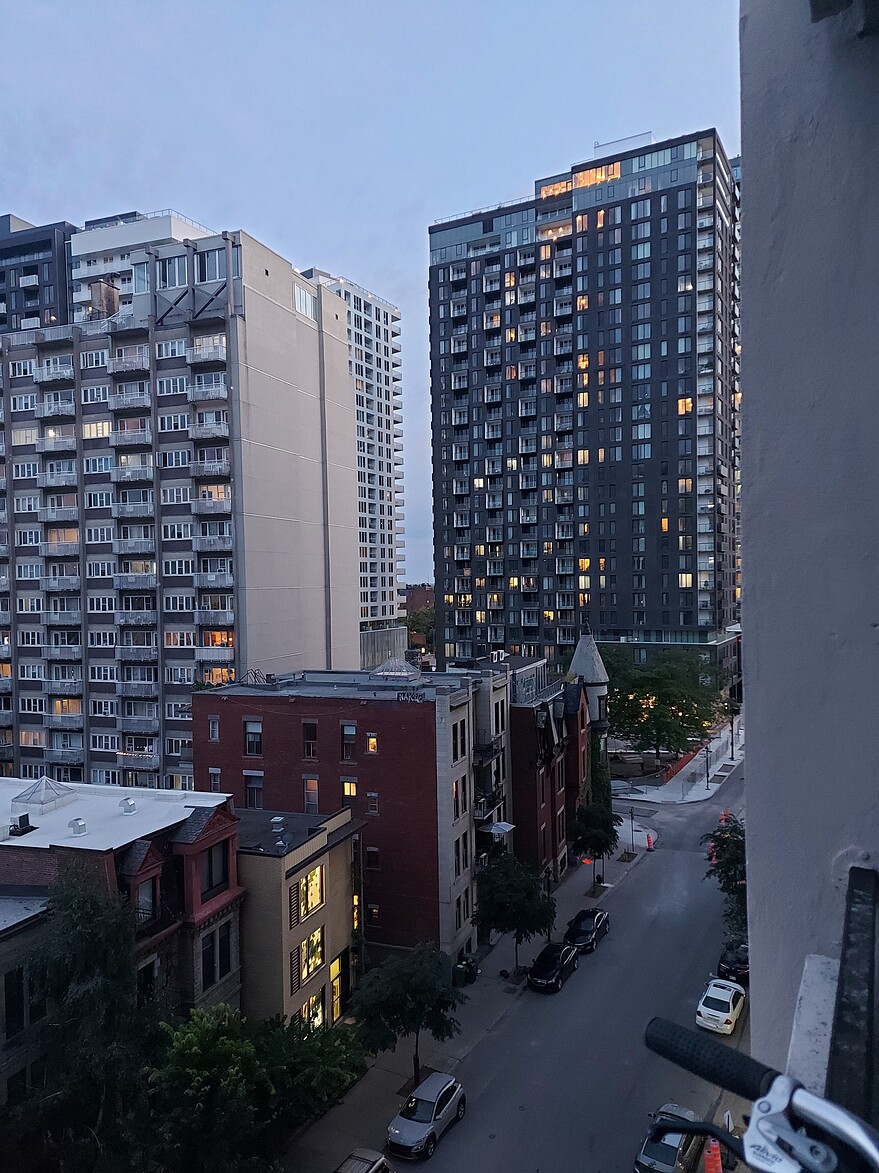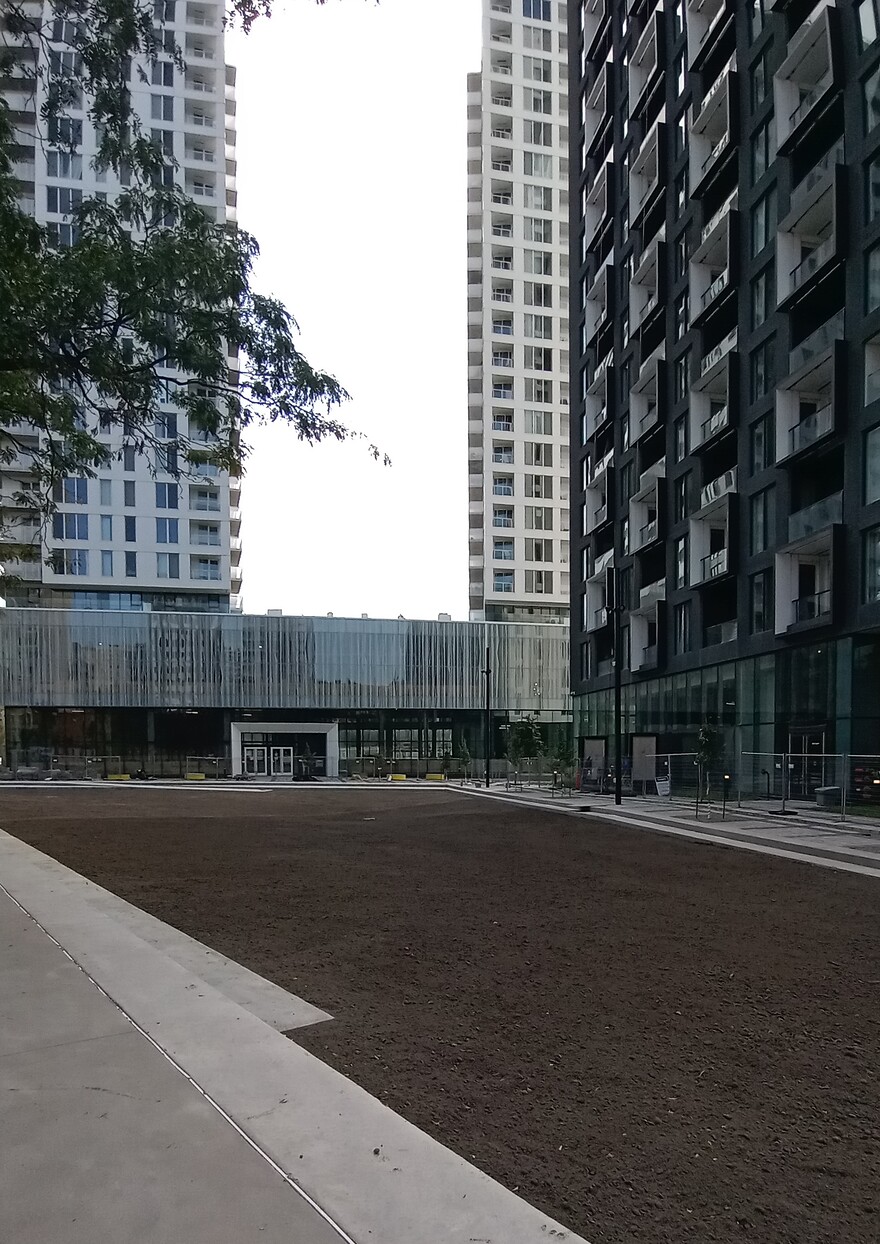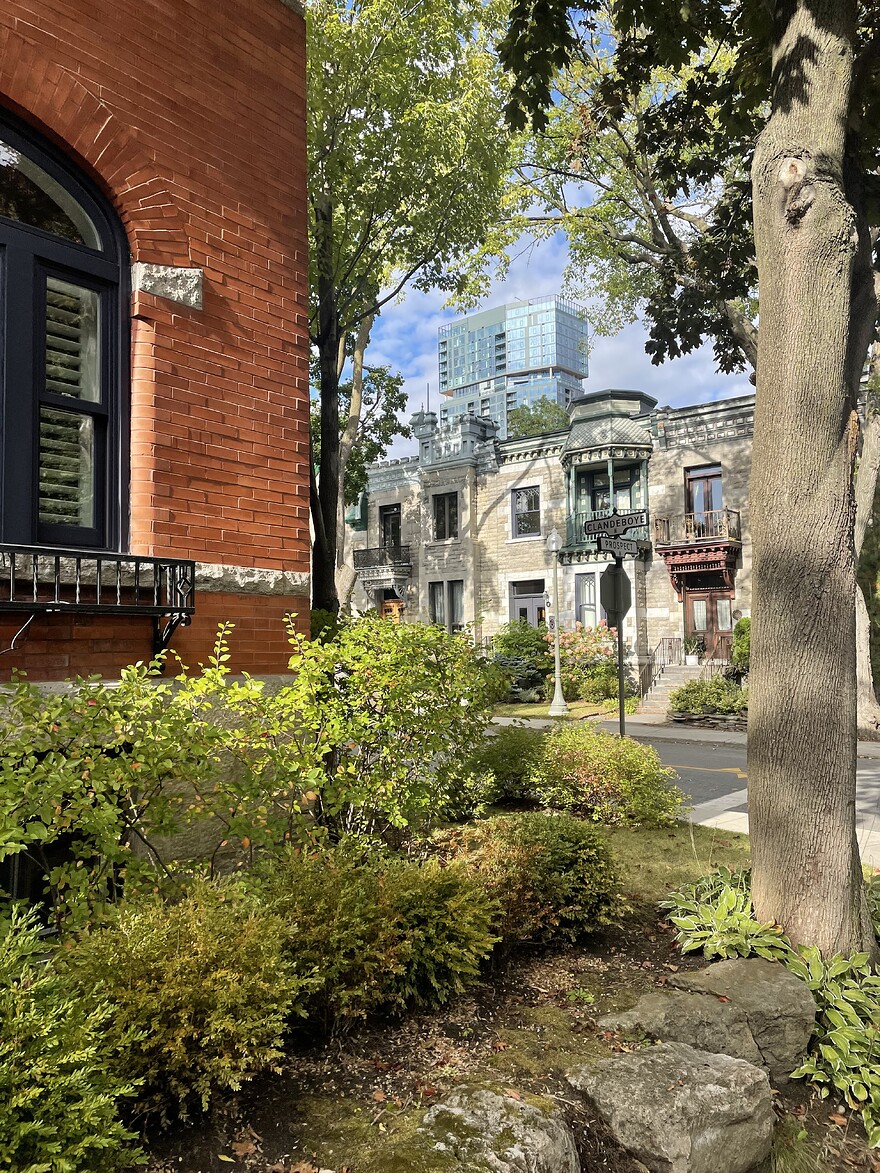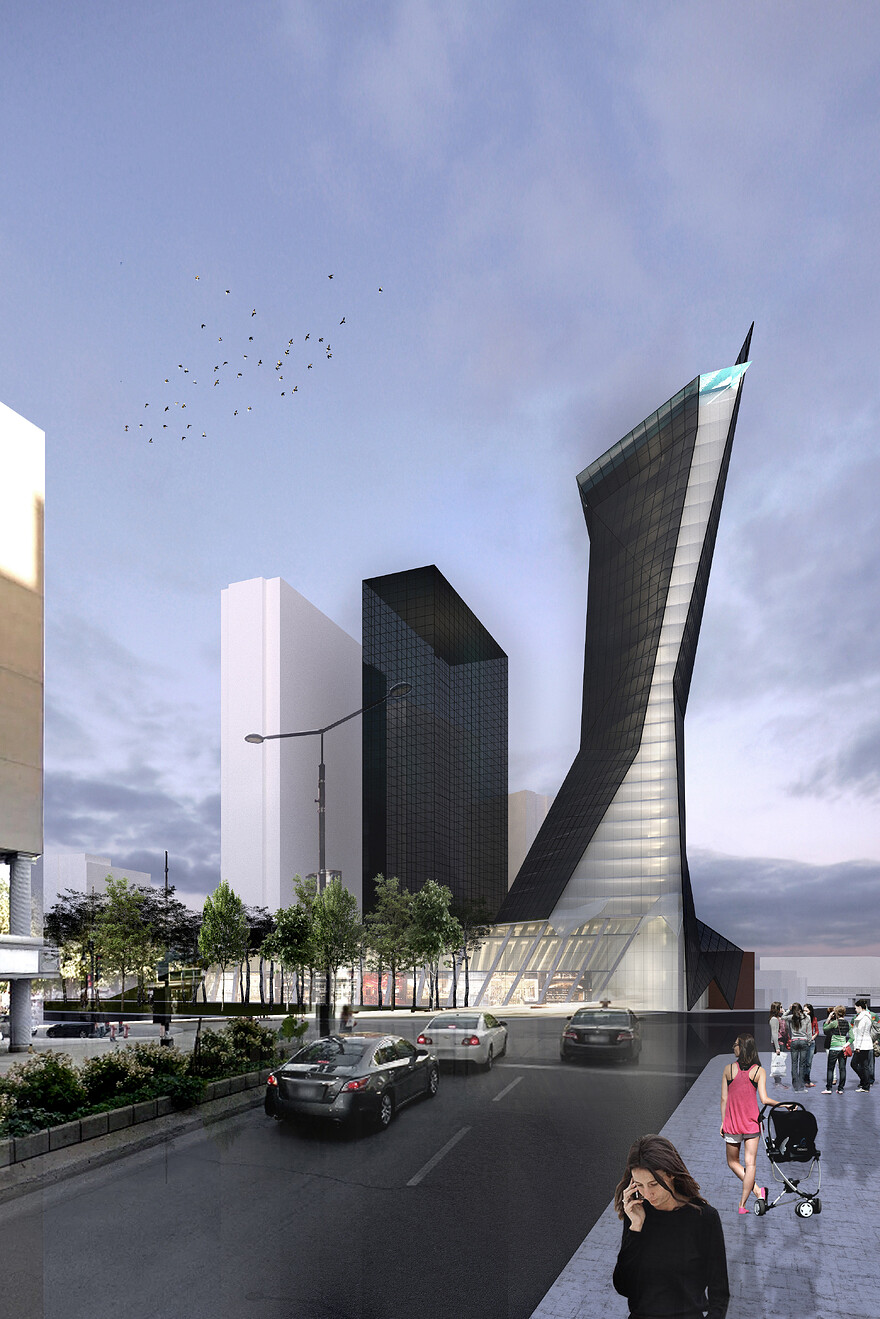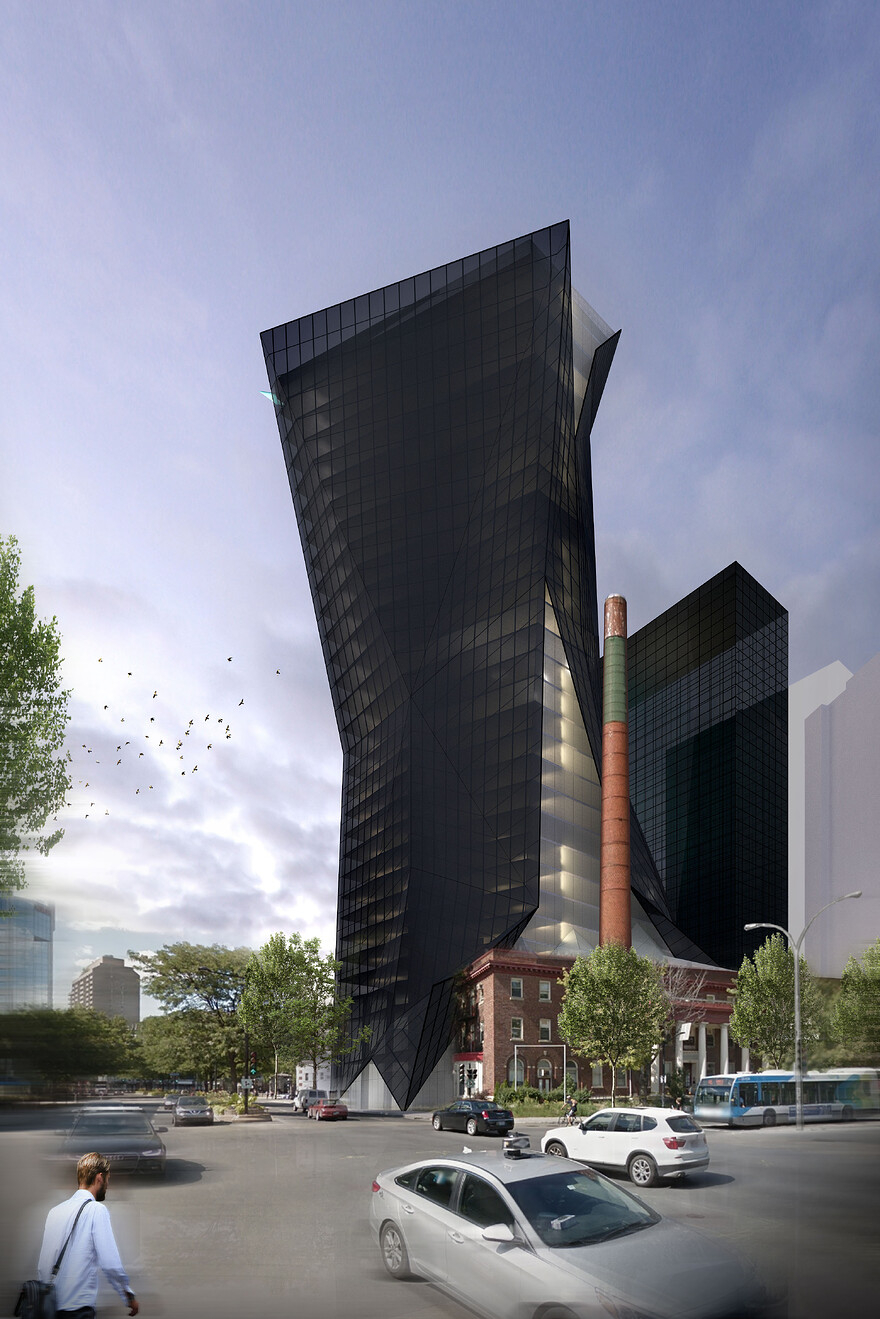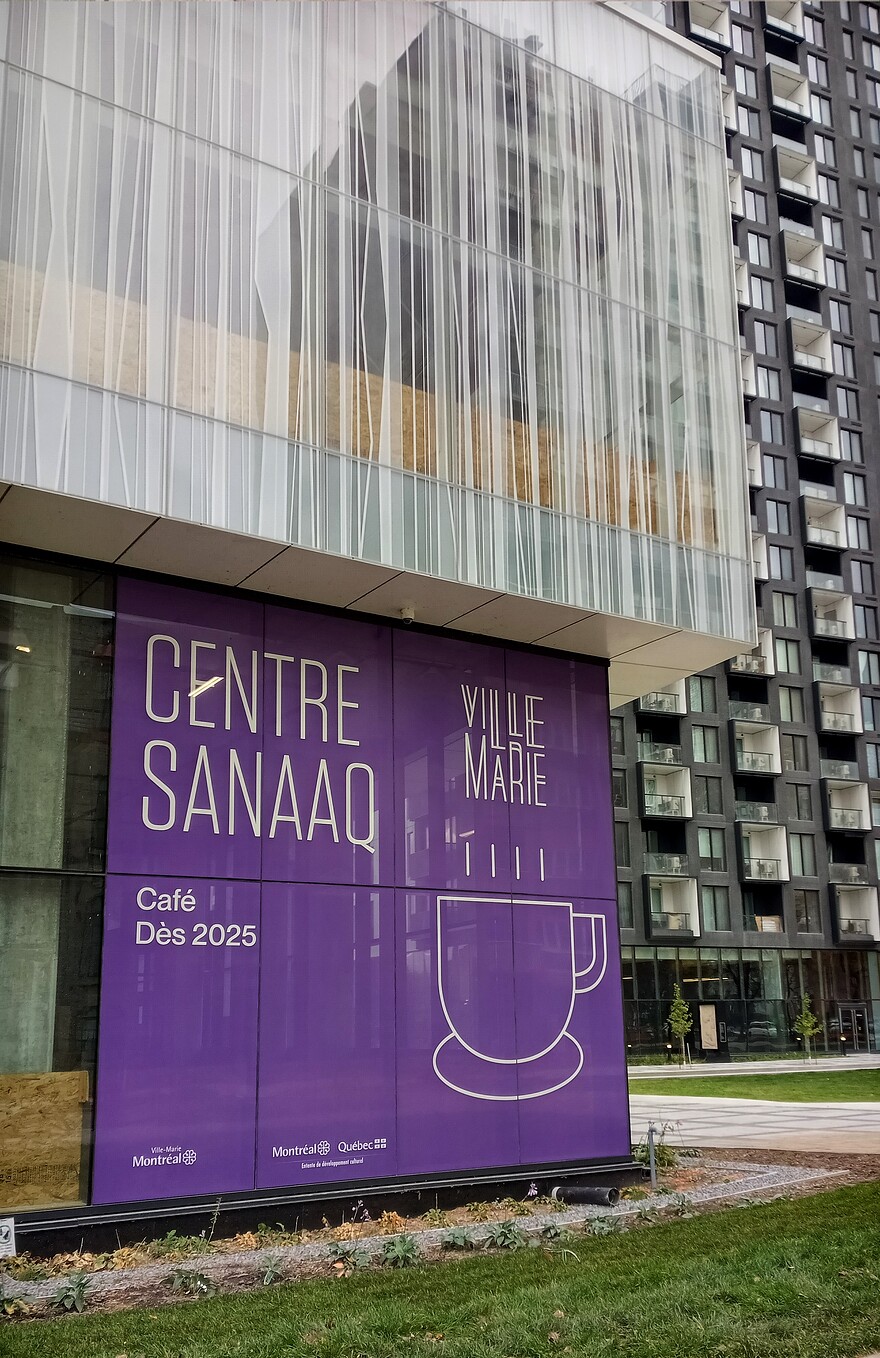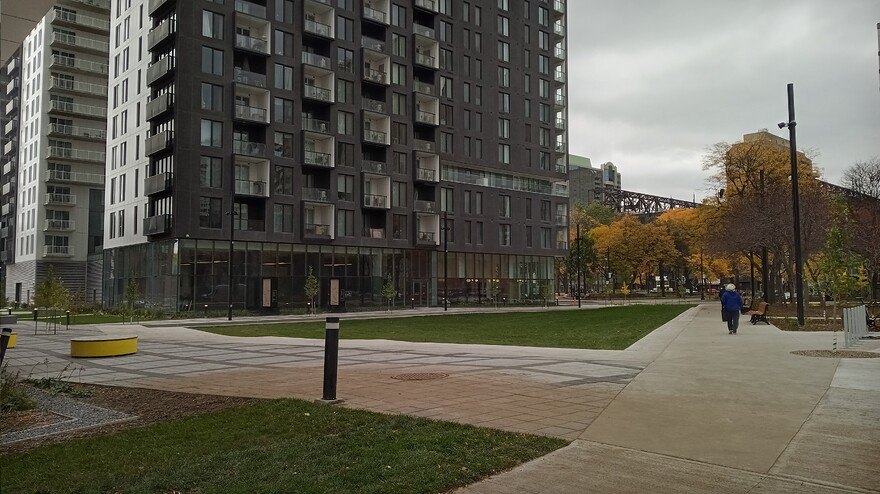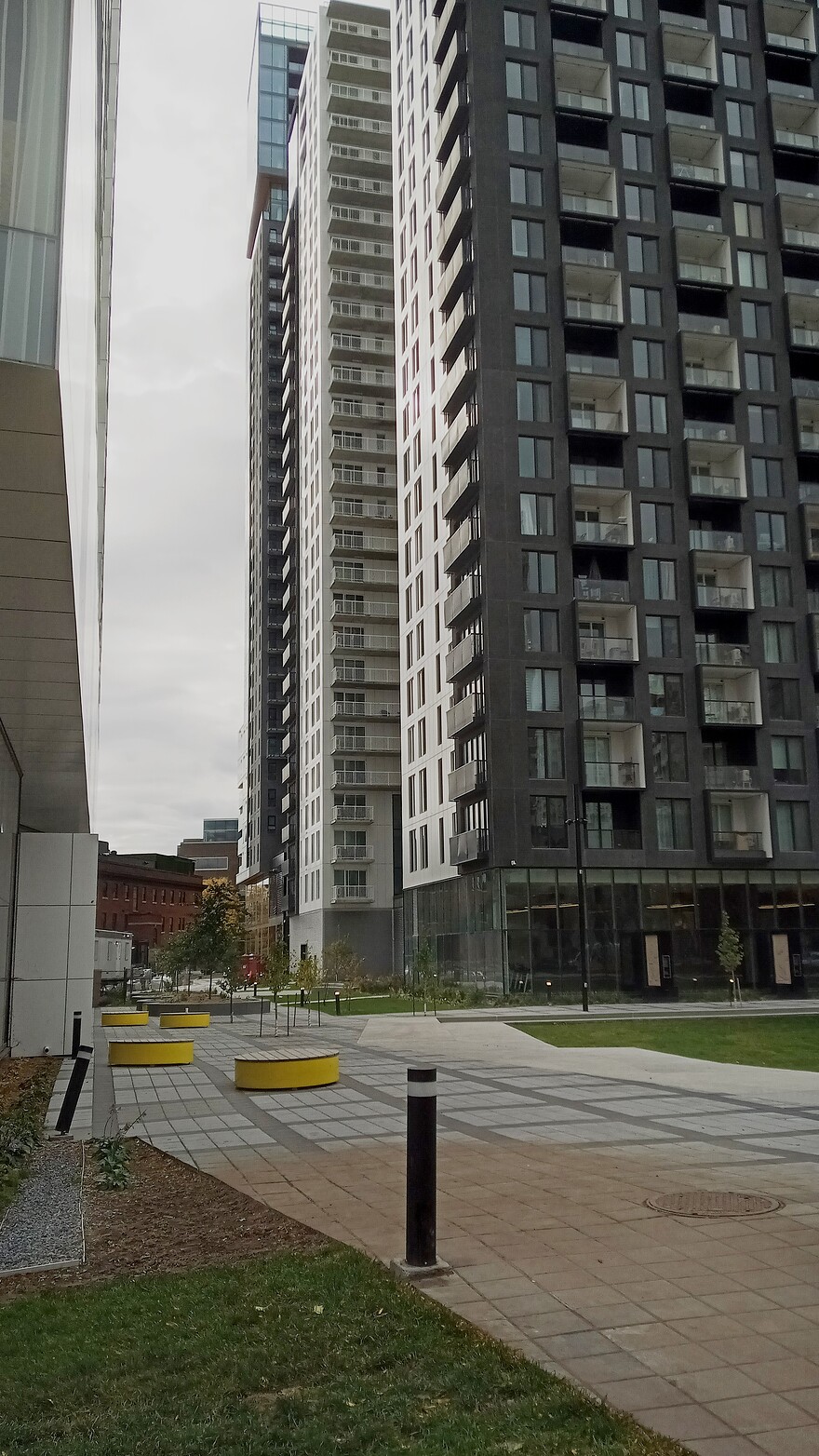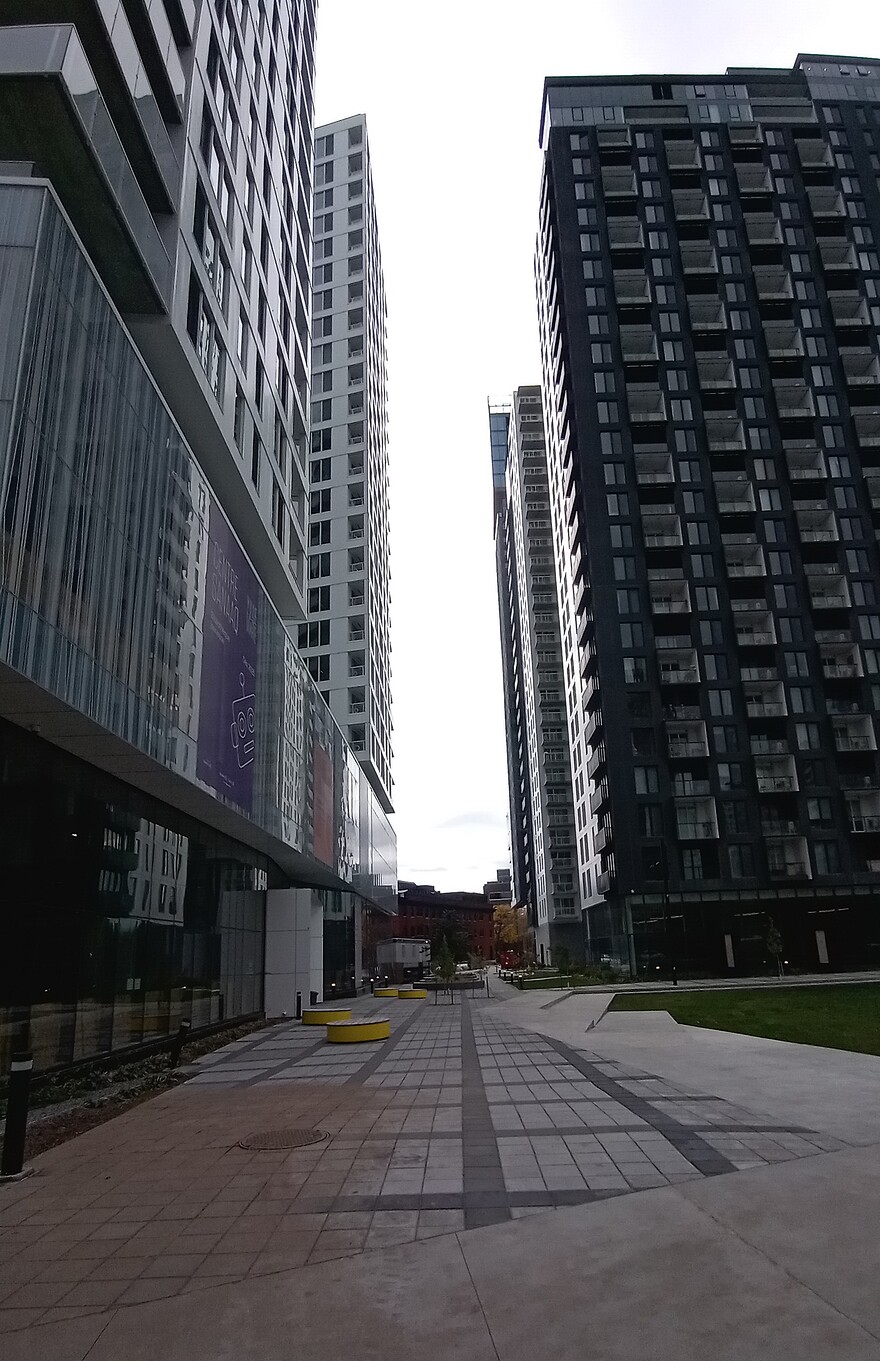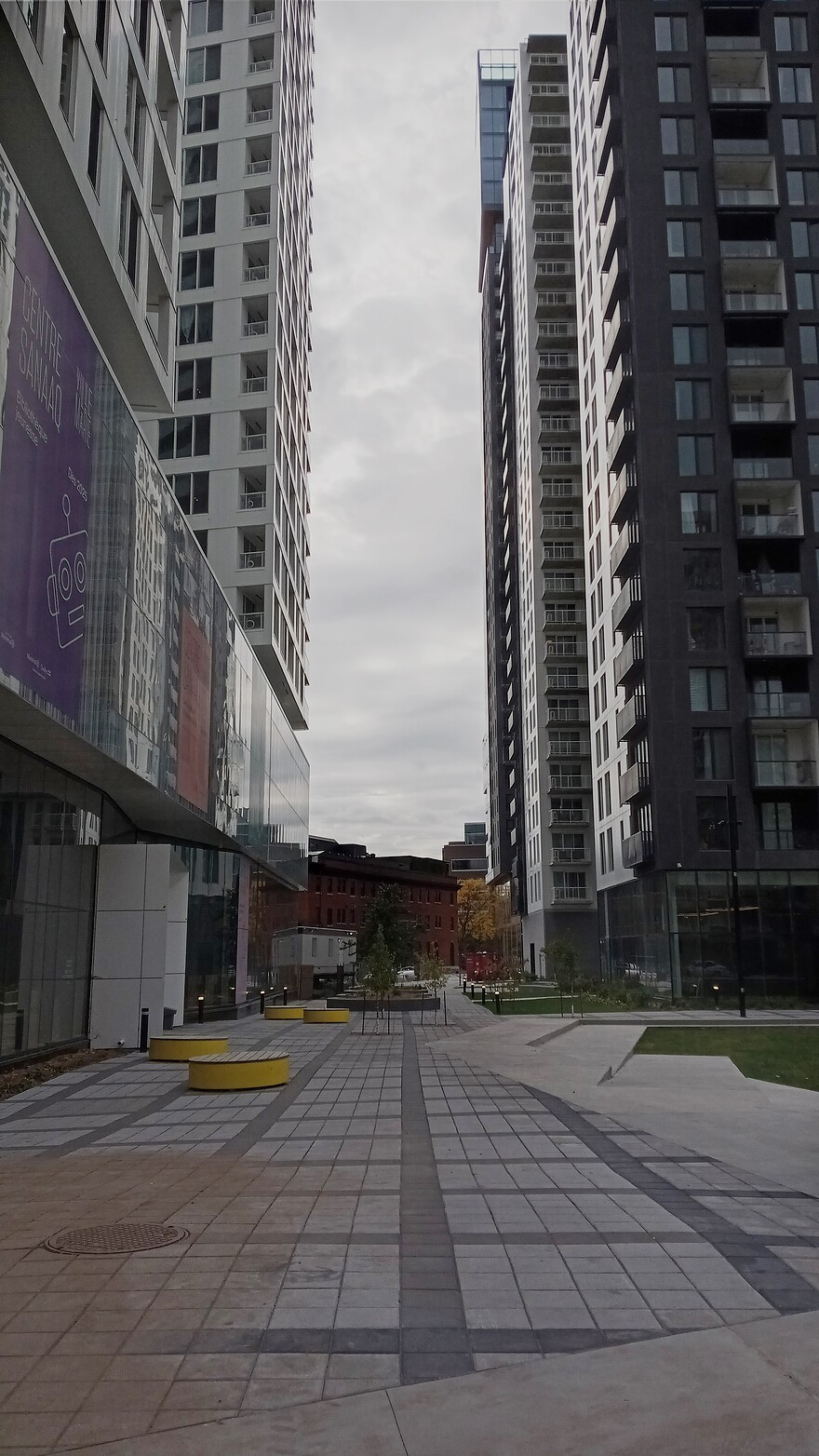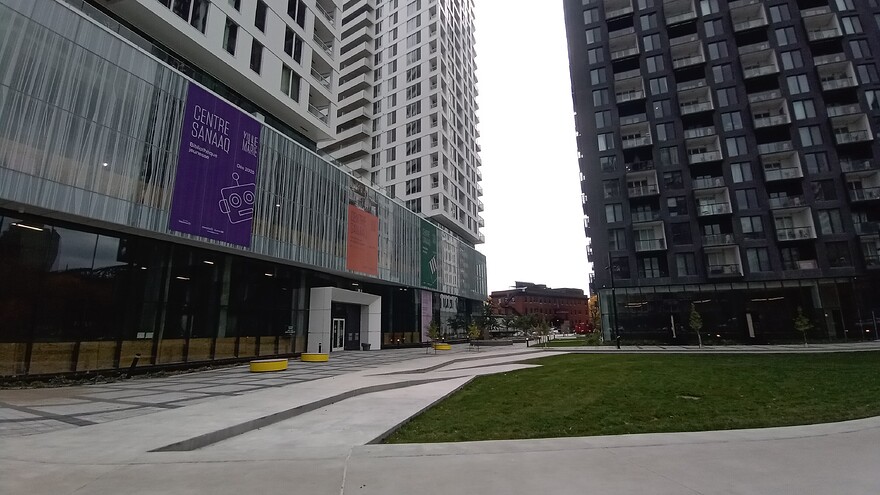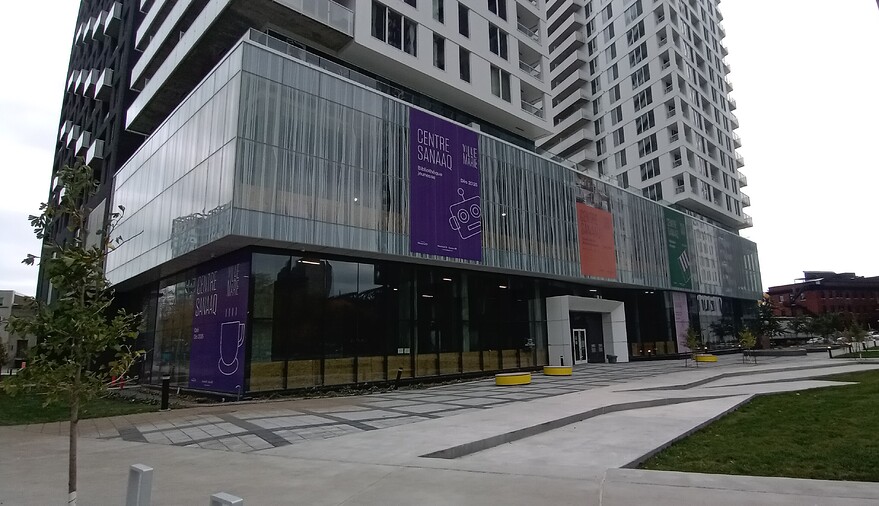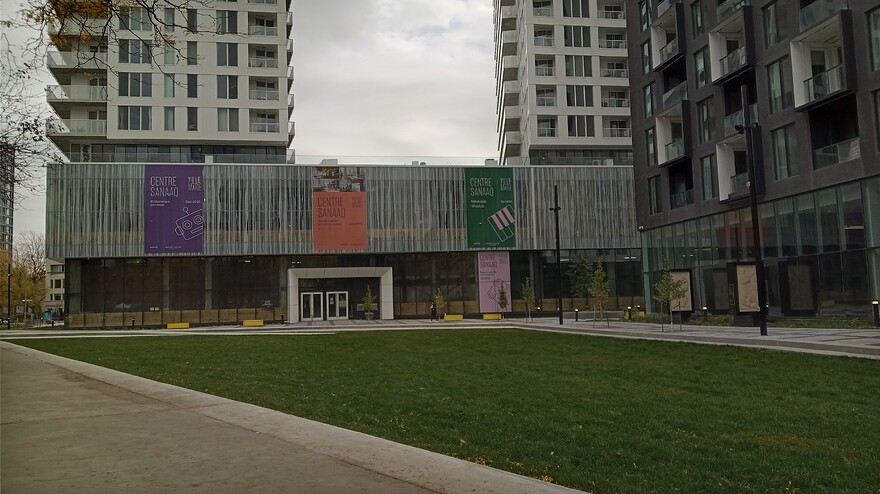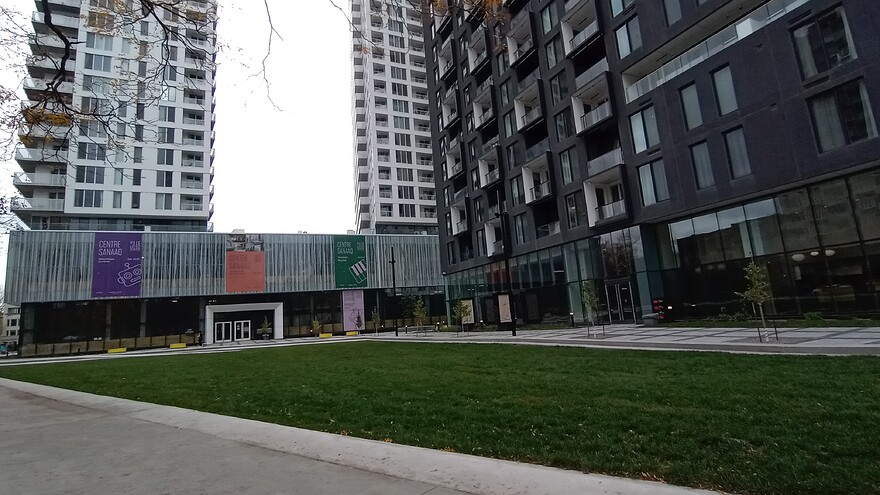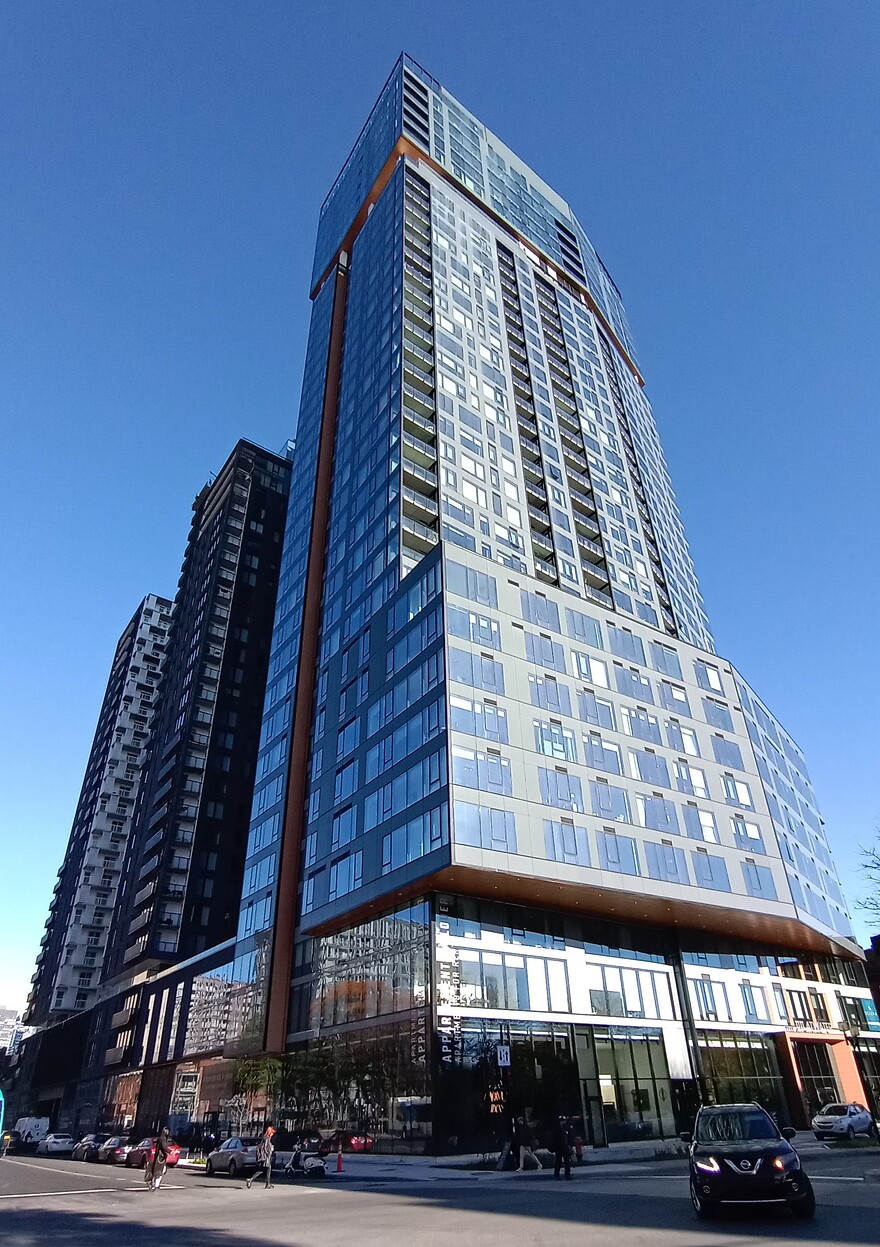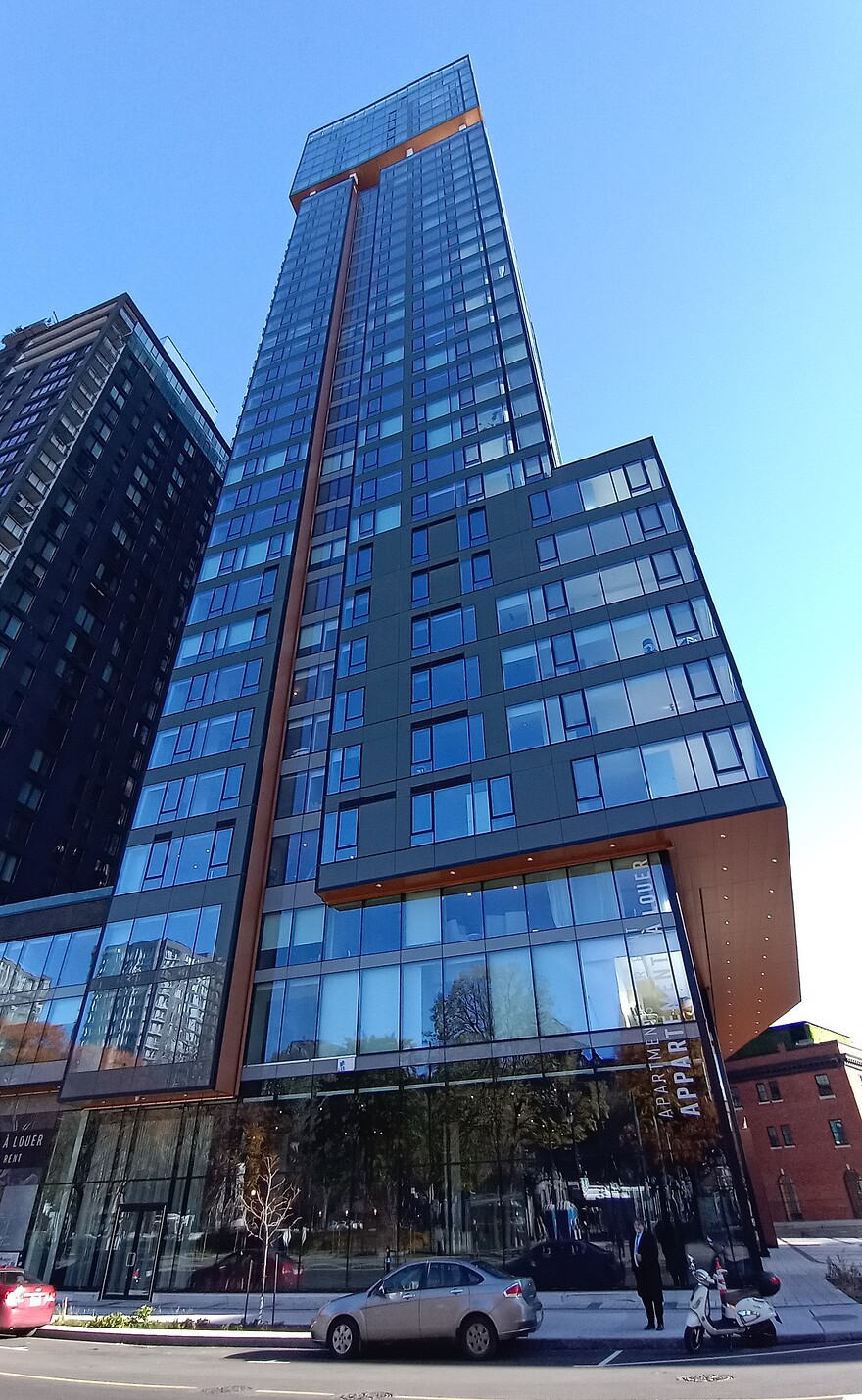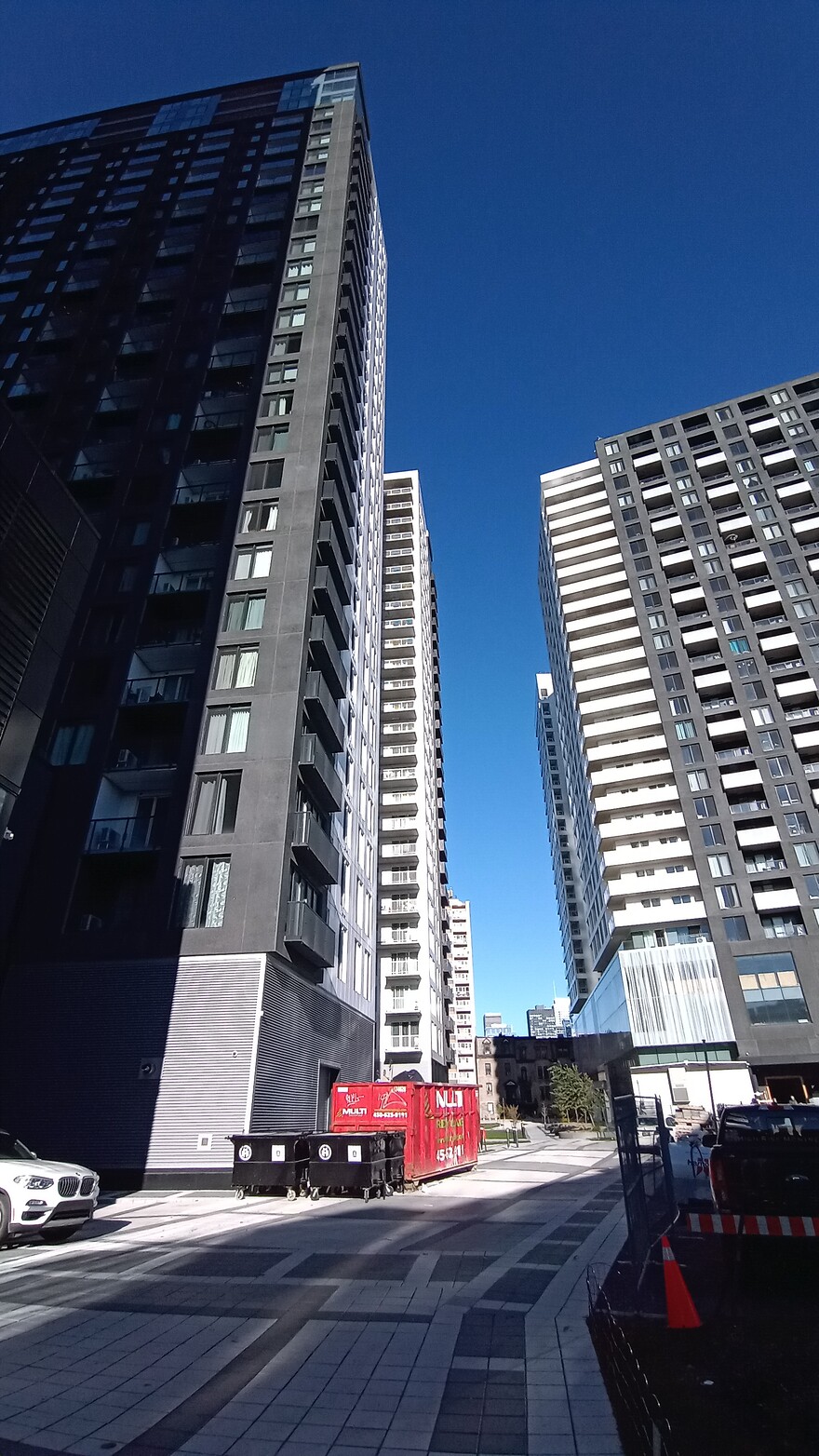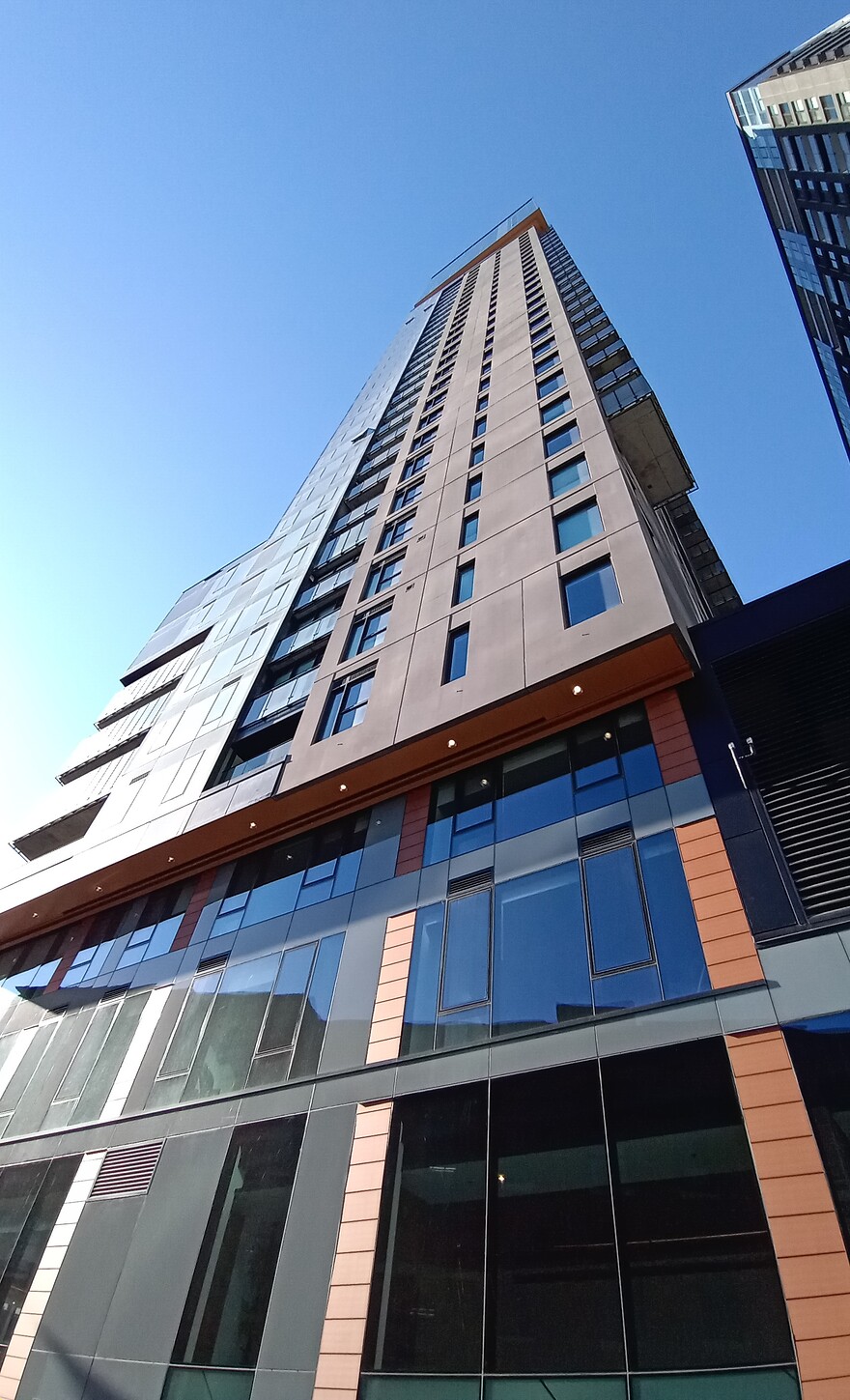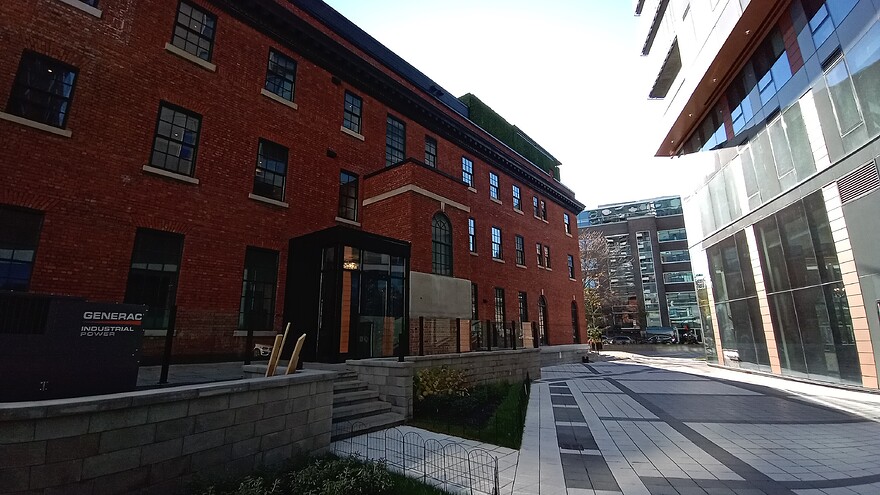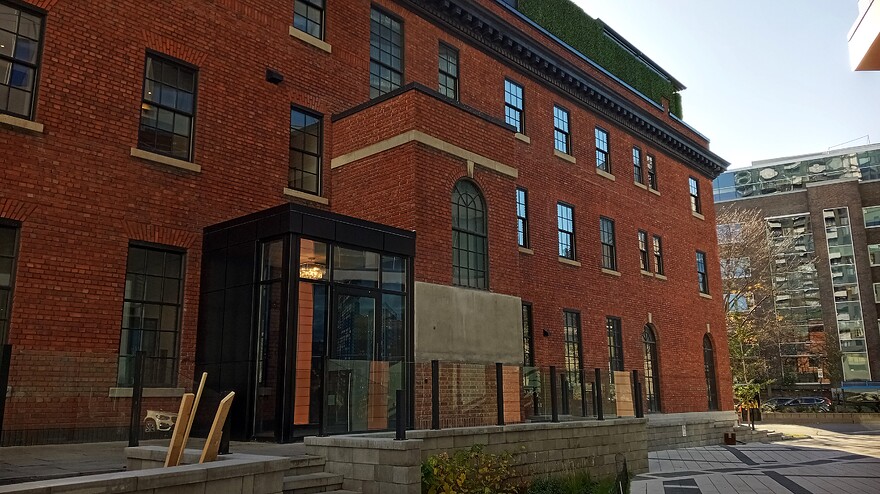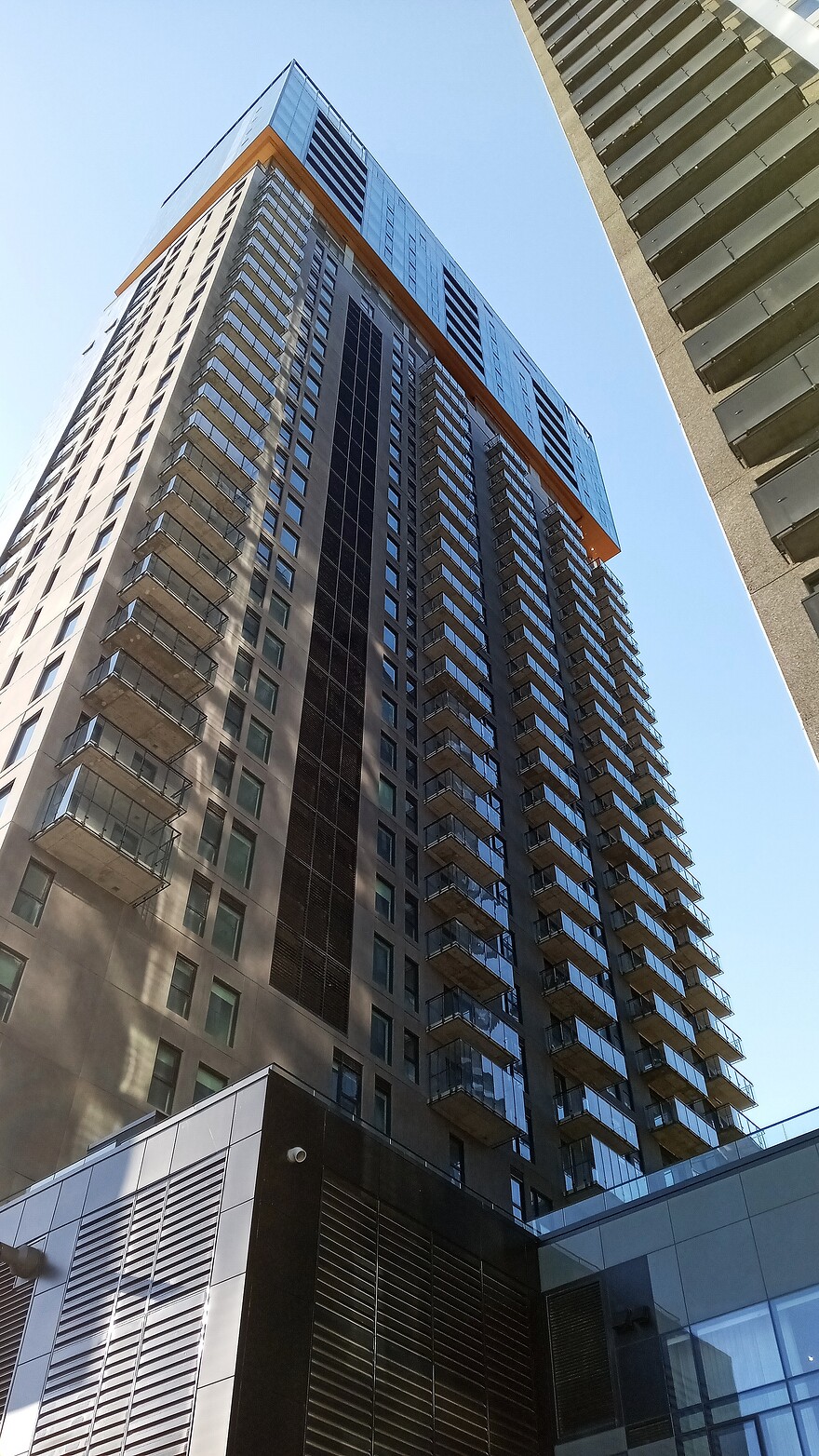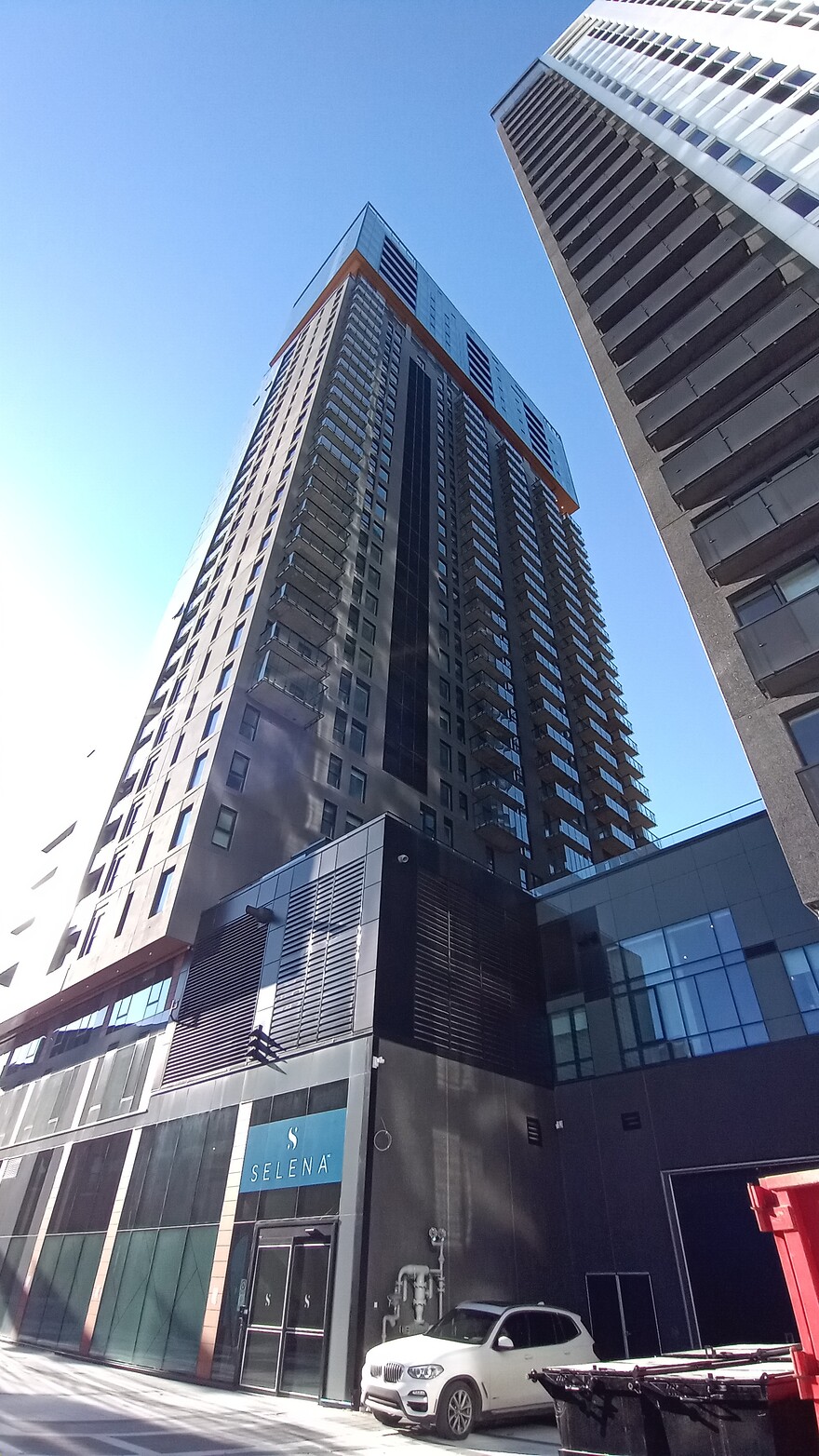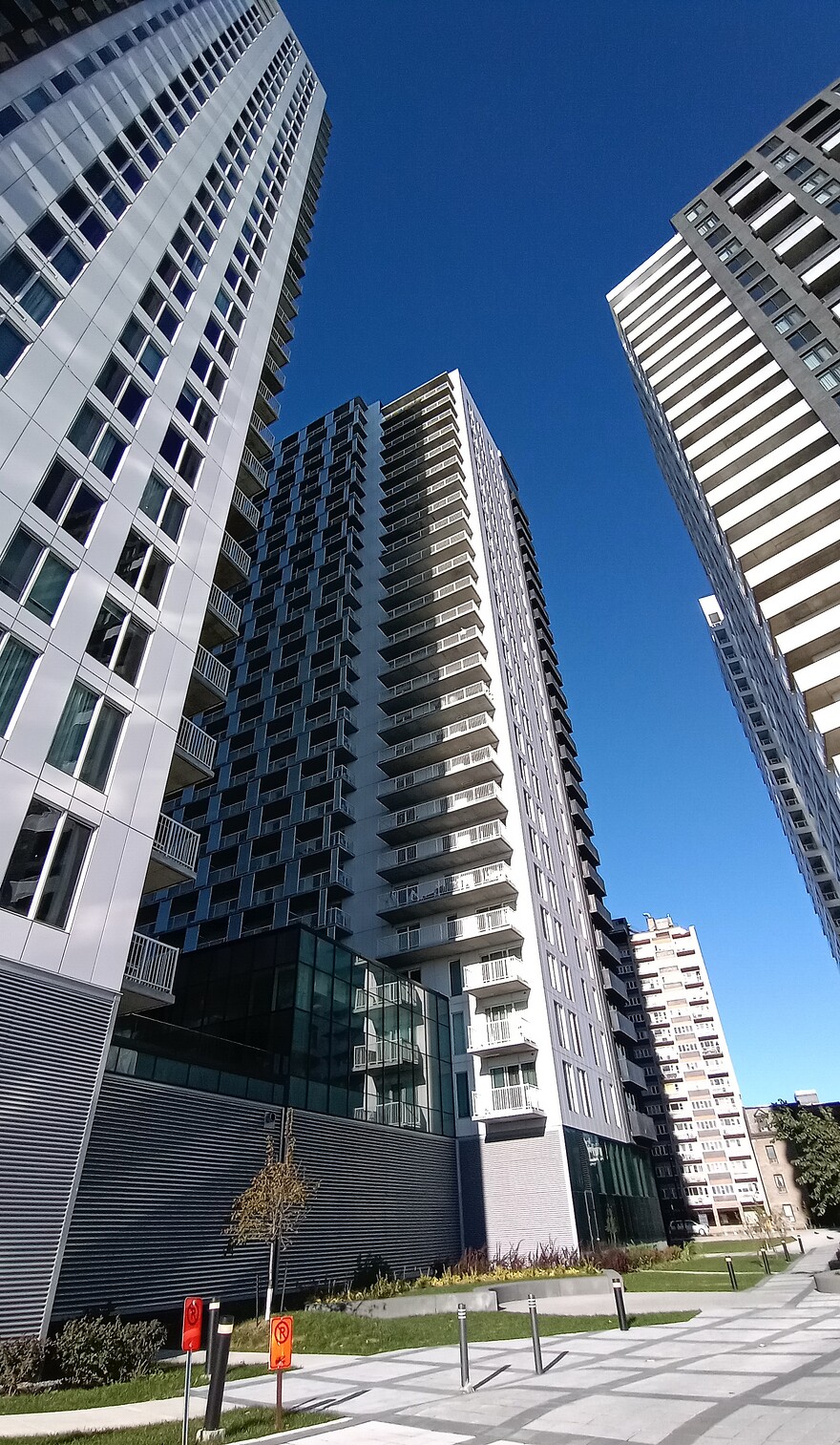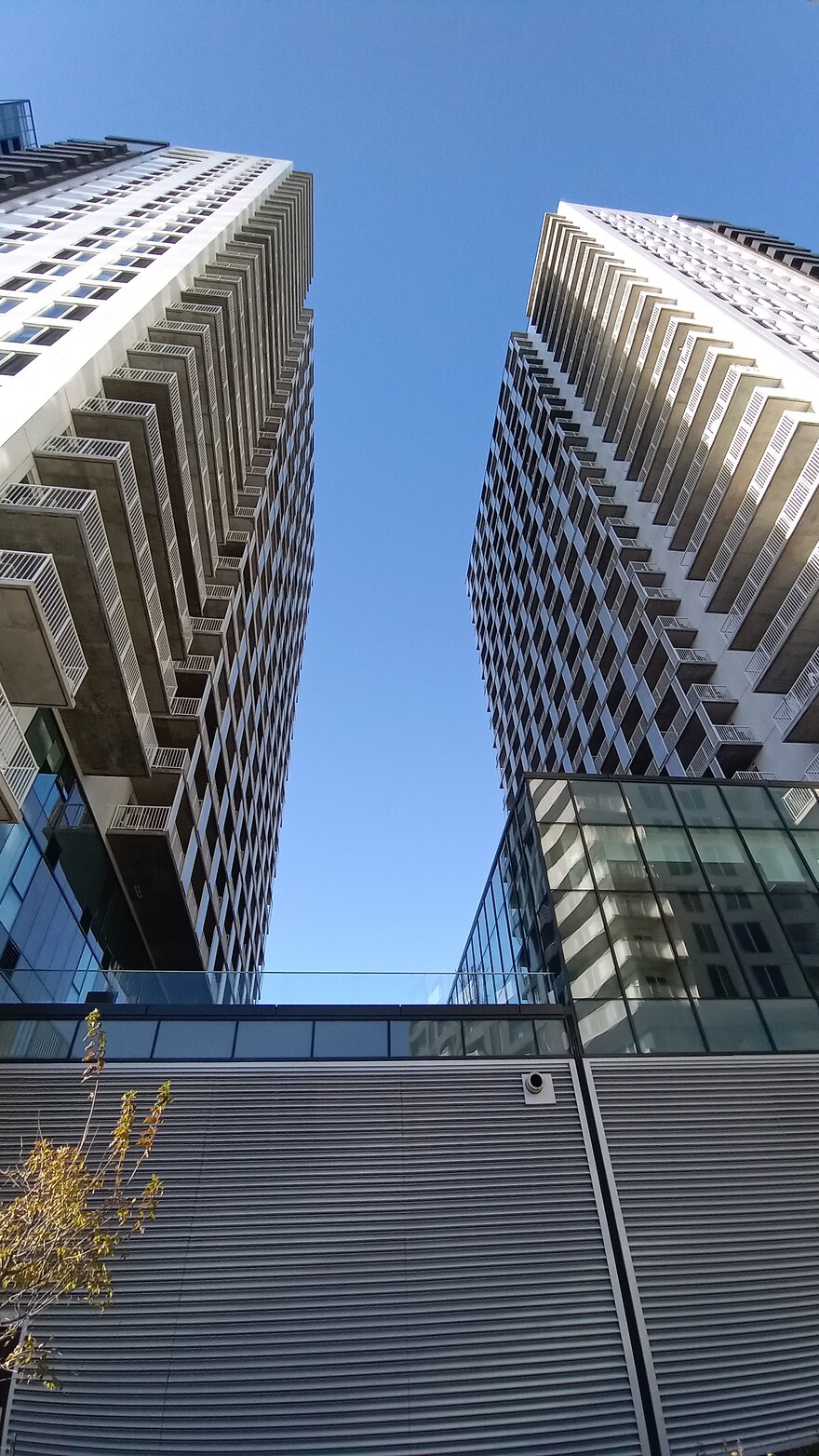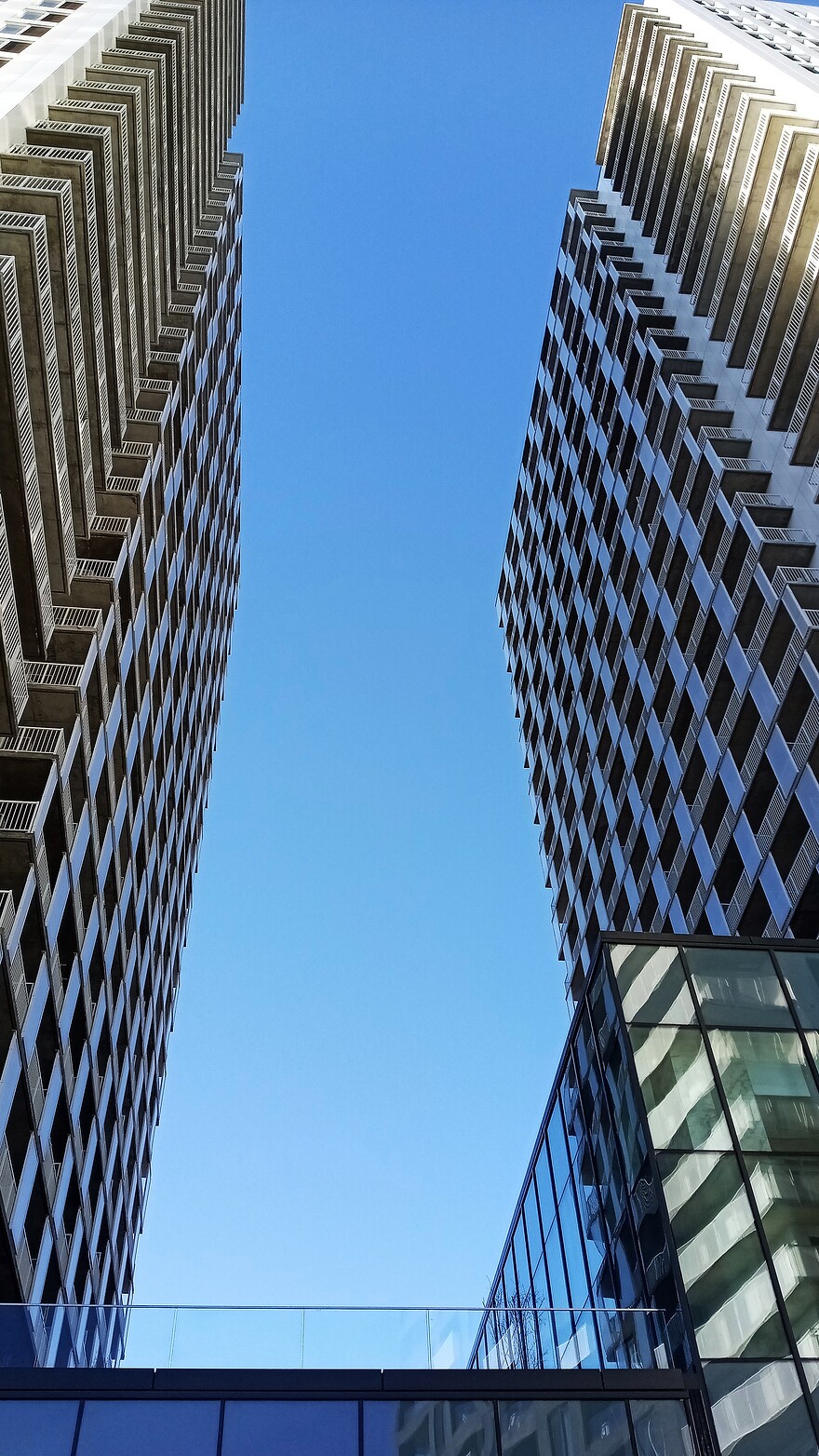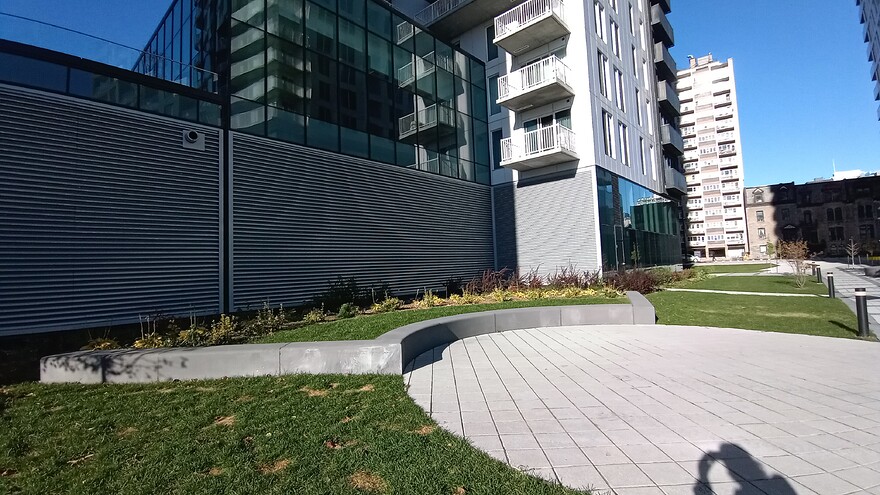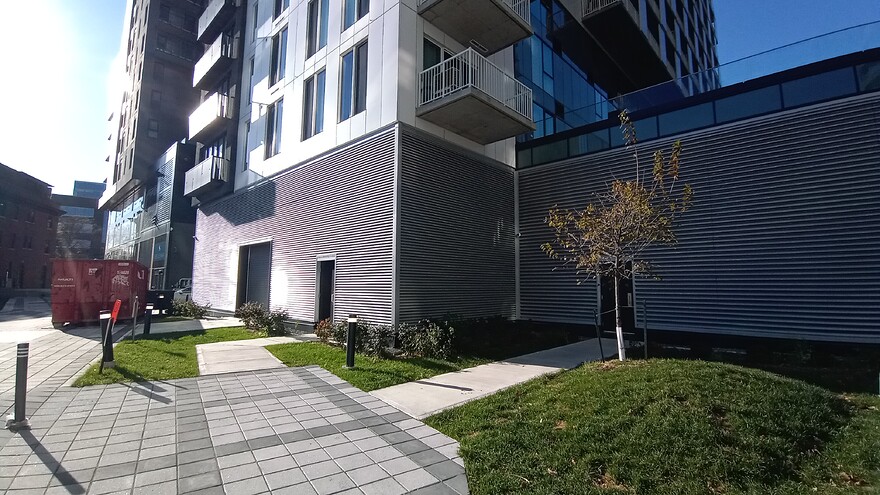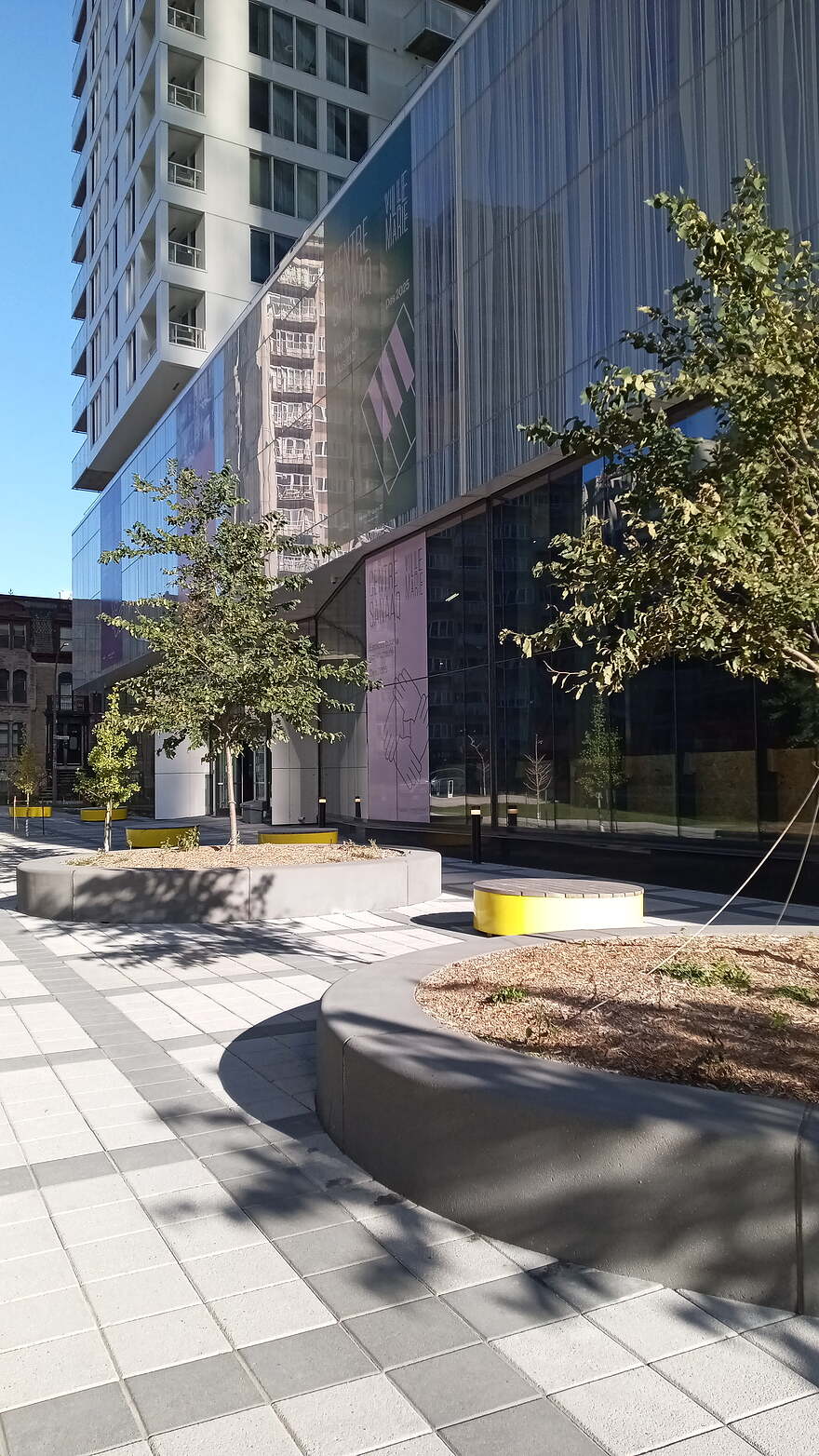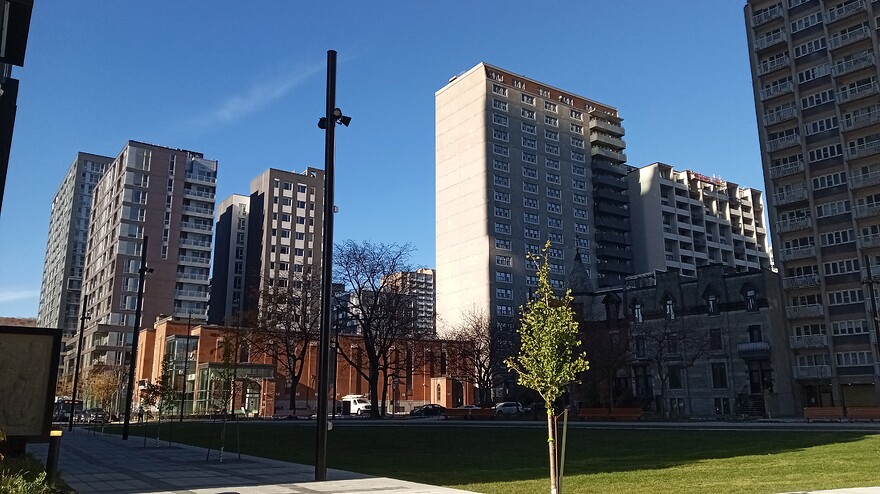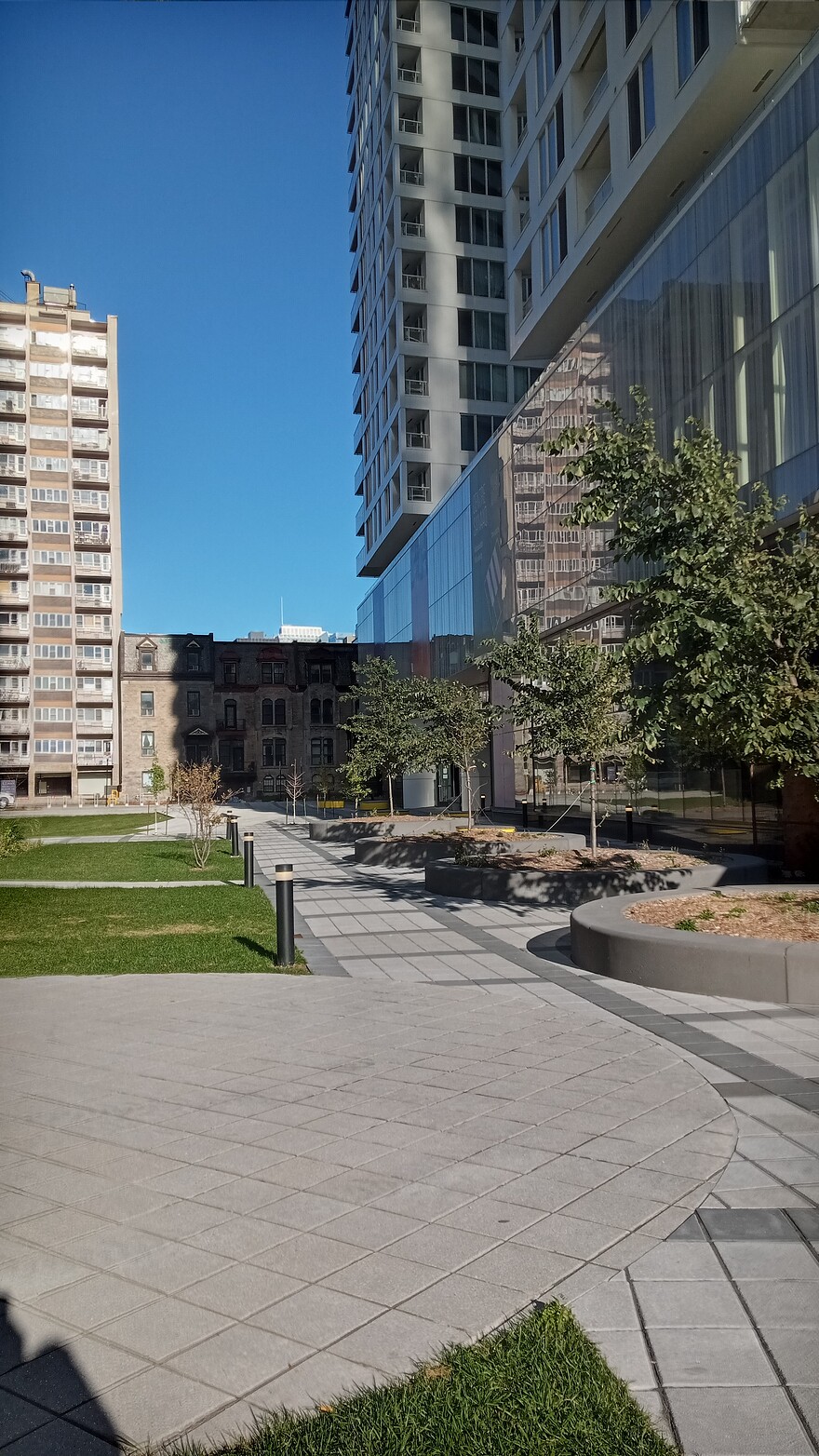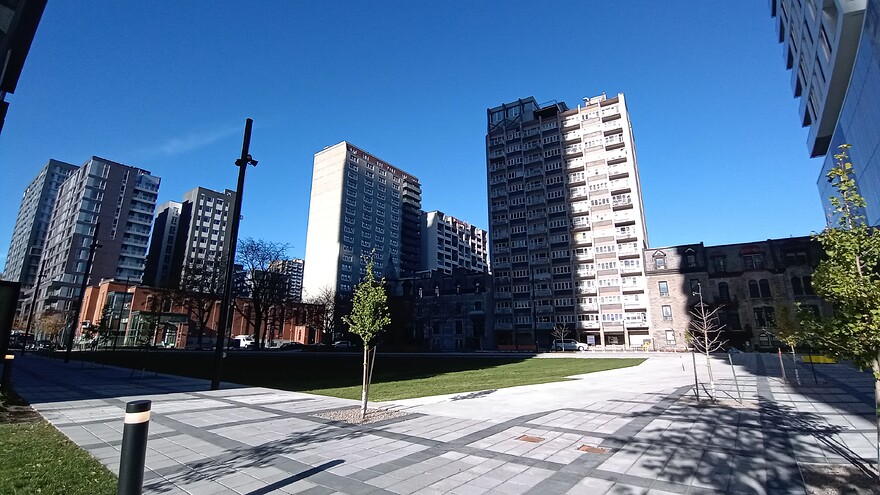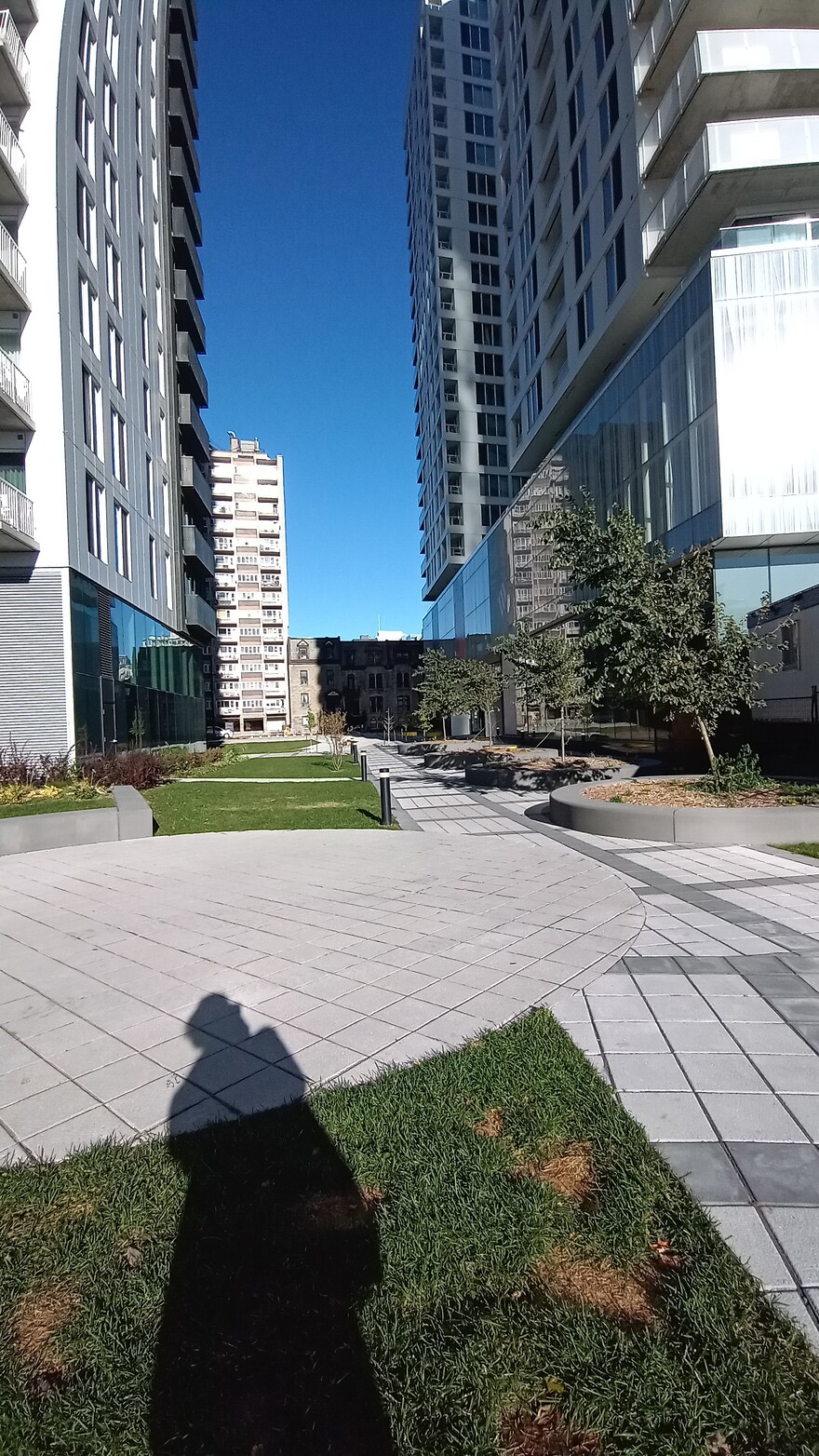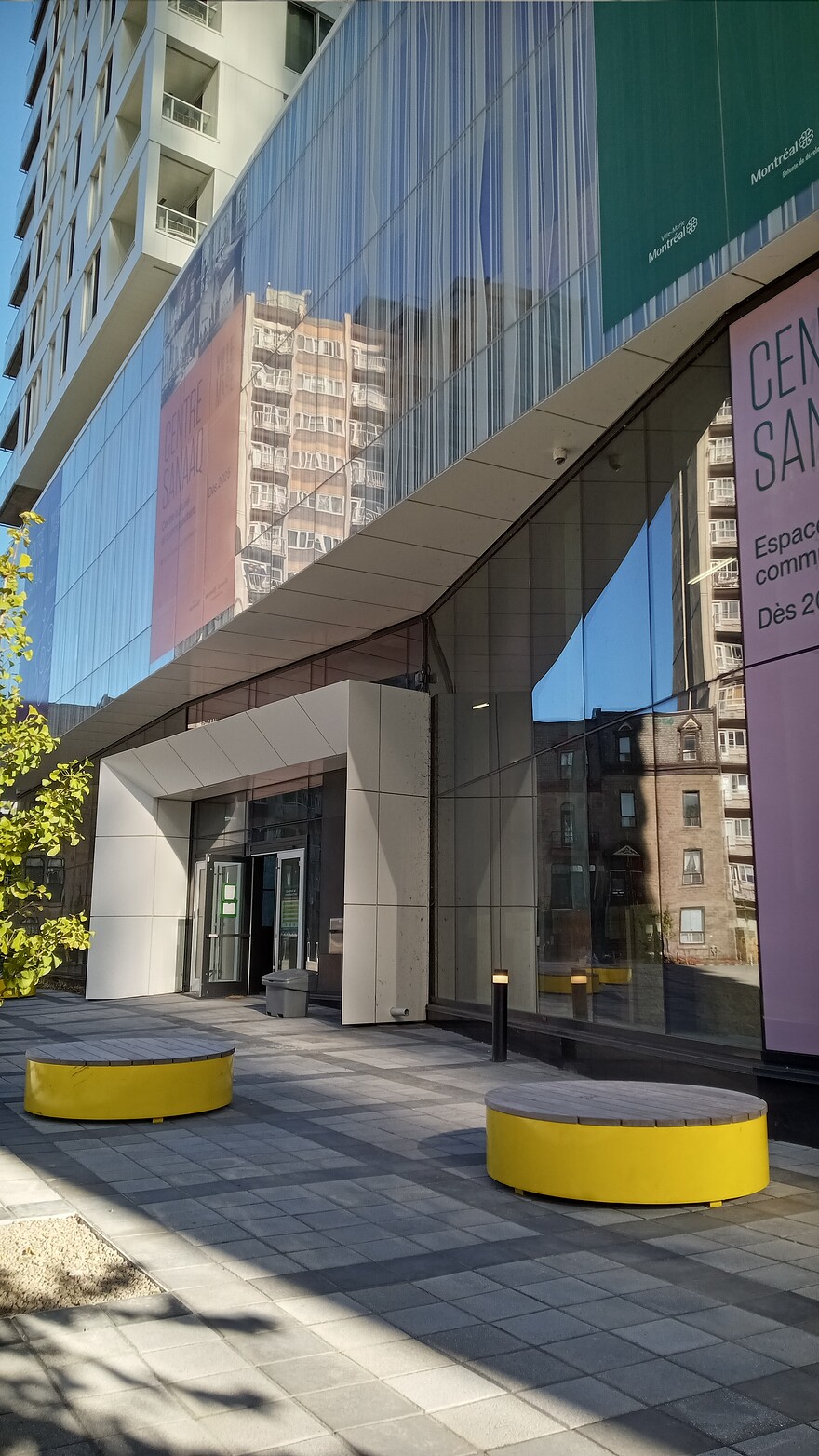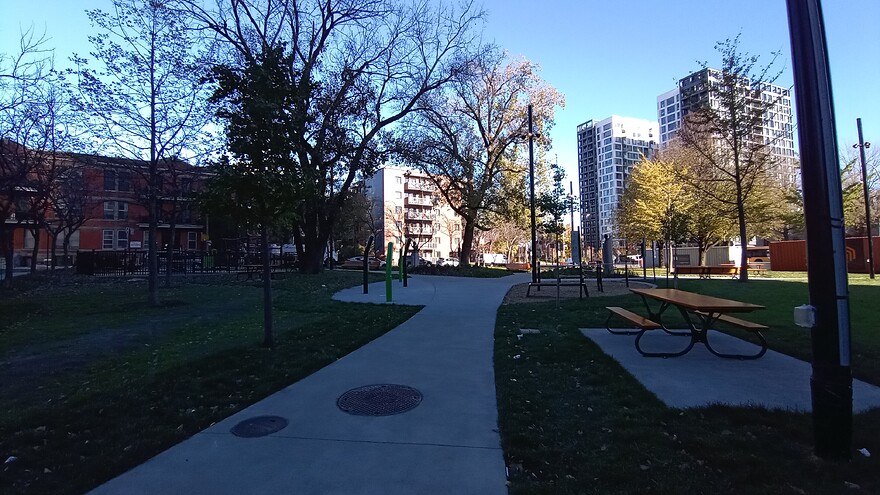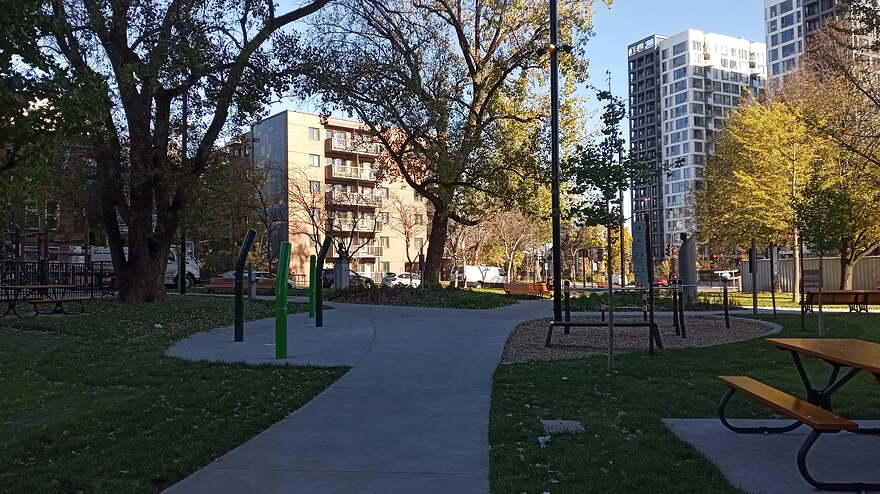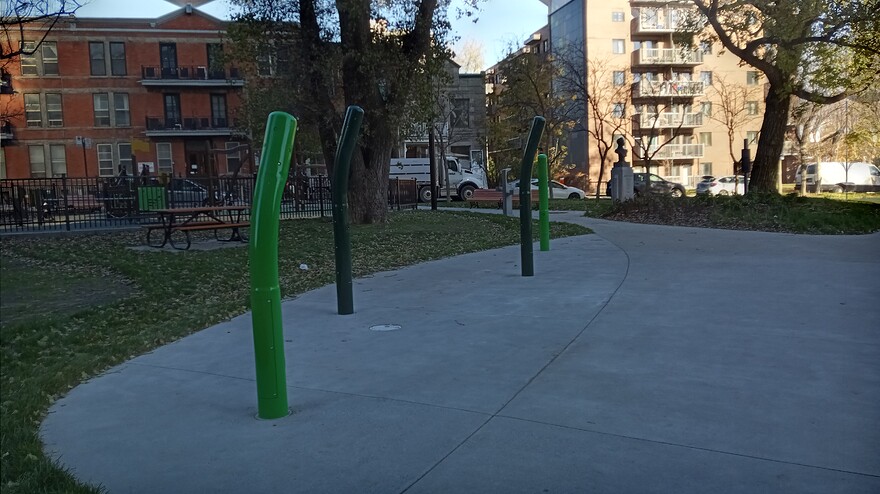Ouff ce tronçon de la Sainte-Catherine…
Et dire que cela fait parti de Westmount. Oui, Westmount la négligente. Et cette désolation dure depuis assez longtemps merci.
Sale of Montreal Children’s Hospital site shrouded in secrets and falsehoods
In what was described as an “open and transparent” process, there was no public call for tenders and details remain undisclosed seven years later.
Author of the article:
Linda Gyulai • Montreal Gazette
Published Jul 05, 2023 • Last updated 1 hour ago • 9 minute read
*Demolition of the former Montreal Children’s Hospital in 2017. The MUHC finalized the sale for $25 million — about half of the $49 million municipal valuation. PHOTO BY DAVE SIDAWAY /Montreal Gazette
Much of what the public has been told about the government’s $25-million sale of the former Montreal Children’s Hospital site in 2016 is false.
There was no public call for tenders, contrary to the McGill University Health Centre’s claim that a “formal public tender process” had taken place, a Montreal Gazette examination has found.
Moreover, the company declared by the MUHC to have won the public call for tenders that didn’t take place didn’t exist at the time that potential buyers were making their offers.
And while the MUHC has described the sale of the property as “open and transparent,” the details are still being kept secret by the MUHC and the provincial department that handled the sale seven years ago.
The Montreal Children’s Hospital vacated its downtown home of nearly 60 years at Tupper St. and Atwater Ave. in May 2015 to move to the MUHC’s new Glen campus. The proceeds from selling the Children’s site were supposed to go toward the construction cost of the superhospital, which had a budget of $1.3 billion.
The MUHC finalized the sale of the Children’s to 9333-8580 Québec Inc. on Dec. 1, 2016. The $25-million selling price was about half of the $49-million municipal valuation of the former hospital.
On the same day, the MUHC issued a press release announcing the sale. It used terms like “cautious approach,” “expeditious sale” and “unconditional offer.” The statement didn’t mention the sale price.
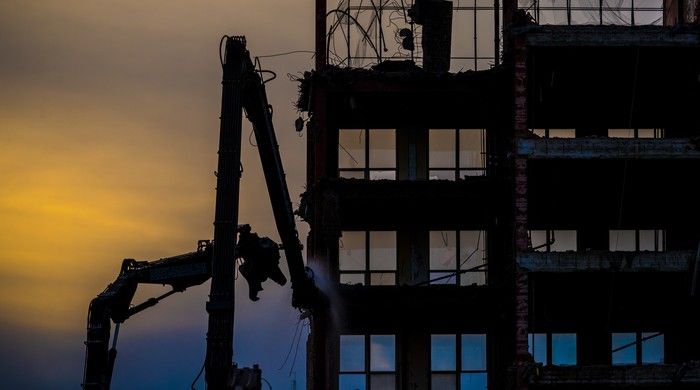
Cranes dismantle the former Montreal Children’s Hospital at the corner of Atwater Ave. and Tupper St. in 2017. Proceeds from the sale of the site were supposed to go toward the construction cost of the MUHC superhospital. PHOTO BY DAVE SIDAWAY /Montreal Gazette
The MUHC didn’t claim it had sold the Children’s site for the best possible price, and indeed it had not.
Real estate records reveal that 9333-8580 Québec Inc. sold the air rights on part of the site to the developer Devimco Inc. for $35 million one day before 9333-8580 Québec Inc. went to the notary’s office to finalize its $25-million purchase from the MUHC. (By law, an accepted written offer is equivalent to a sale, even if it hasn’t gone to the notary yet.)
Fifteen months later, 9333-8580 Québec Inc. sold more air rights to Devimco for $9 million. Devimco now had rights to build four highrises on the site.
What’s more, the Montreal Gazette has learned the public authorities rejected higher offers for the Children’s ranging from $30 million to $43 million in favour of the $25-million unconditional offer. The higher offers were conditional on financing and city approval for zoning changes to redevelop the site.
As it turned out, the MUHC didn’t have to worry about a sale dragging out for years while a potential buyer waited to see if it got rezoning approval from the city. Former mayor Denis Coderre and his administration approved the Children’s redevelopment project, as presented by Devimco, six months after the sale to 9333-8580 Québec Inc. was final. In fact, city council authorized construction in an eyeblink of 12 days after the Office de consultation publique de Montréal issued its recommendations on the project.
“I find it incredible,” said Éric Michaud, co-ordinator of Habiter Ville-Marie, one of many groups that objected to the government selling the Children’s site to private hands, when told of the Gazette’s findings. “There should be oversight of the sale of government assets.”
Groups have called for a public inquiry into the sale of the Children’s, citing the low price and the authorities’ failure to get promised social housing built on the site. Michaud said he also filed complaints about the Children’s sale to Quebec’s auditor general and different bureaus at the city, but nothing came of it.
Causing further worry, Michaud said, is that the Children’s was just the first of several government properties to be sold to private hands. For example, the Health Department has sold the Montreal Chest Institute and is currently selling the former Miséricorde Hospital, a building with heritage elements that the province allowed to fall into disrepair at René-Lévesque Blvd. and St-Hubert St.
If a private company was able to sell the air rights on part of the Children’s site for $35 million before even touching it, why didn’t the MUHC get at least that much?
That, like many of the details concerning the sale, is a state secret.
“There should be oversight of the sale of government assets,” says Éric Michaud, co-ordinator of Habiter Ville-Marie, one of many groups that objected to the sale of the Children’s site to private hands. PHOTO BY DAVE SIDAWAY /Montreal Gazette
The Montreal Gazette filed access-to-information requests this year with the MUHC, the Health Department and the Société québécoise des infrastructures (SQI), the provincial department that organized the sale of the Children’s, to obtain such information as the names of the bidders and the prices they offered. Those details are public in a government call for tenders.
The MUHC and Health Department, which had to approve the Children’s sale, told the Gazette to file an access request with the SQI. And the SQI refused to disclose the information, saying it’s confidential (see sidebar).
In Quebec, a government “public tender process” legally requires the notice of public tender to be published in the Système électronique d’appel d’offres du gouvernement du Québec (SEAO). The SEAO contains calls for tender to award provincial, municipal and school board contracts, and also to sell government property. Once the bid envelopes are opened, the bidders’ names and their prices are supposed to be published in the SEAO.
No call for tenders was posted in the SEAO for the former Children’s site, even though the SQI published several calls for tender there to sell other government properties at the time of the Children’s sale.
But the SQI did use the SEAO to publish a call for tenders to hire a private real-estate broker to sell the Children’s — privately.
The broker that was retained, CBRE, placed an ad in two Montreal daily newspapers offering the Children’s for sale in May 2015. “Public Call for Tenders” was written across the top of the ad, even though it’s not a public call for tenders in Quebec if it’s not in the SEAO. The ad also stipulated that potential bidders were required to sign a confidentiality agreement.
Broker CBRE placed an ad in the Montreal Gazette offering the Children’s for sale in May 2015.
Quebec’s inconsistent policies for contracts to buy and contracts to sell add to the confusion. While there are laws and regulations to award government contracts in Quebec, there are none to sell government property, the Gazette investigation discovered — not even a rule requiring a public process.
Nevertheless, the MUHC claimed a “public call for tenders” had been held.
“The company 9333-8580 Québec Inc. was selected in November 2015 as the candidate to purchase following the formal public tender process,” the MUHC said in its Dec. 1, 2016 press release to announce the sale had closed that day.
“This process was government-led and complied with all standards and procedures used to govern this procedure.”
The press release also said the sale had followed a “rigorous tendering and analysis process.”
*A bird’s-eye view of the Montreal Children’s Hospital in 2013. The MUHC declared the numbered company 9333-8580 Québec Inc. was selected in November 2015 to purchase the site. That company did not yet exist. PHOTO BY JOHN MAHONEY /Montreal Gazette
Even the MUHC’s declaration that 9333-8580 Québec was selected in November 2015 to purchase the Children’s was false. The company didn’t exist yet.
Quebec entrepreneur Luc Poirier issued a press release on Nov. 30, 2015, saying his company, Placements Luc Poirier Ltd., had won “the public call for tenders process” to buy the Children’s. He gave several media interviews saying he would seek partners for input on how to redevelop the site.
Poirier registered 9333-8580 Québec Inc. with the Registraire des entreprises du Québec 11 days later.
However, Poirier didn’t buy the Children’s. 9333-8580 Québec Inc., under different ownership, did.
Poirier withdrew from 9333-8580 Québec Inc. a few days before the Children’s sale closed, Sarto Blouin, his former partner in the company, confirmed.
Poirier didn’t respond to the Gazette’s interview request. Blouin said Poirier had passed the message to him.
Blouin said bids can include a transfer clause, allowing the bidder to transfer its offer to another entity.
9333-8580 Québec Inc. was set up when he and Poirier found out they won, Blouin said.
He added that his $25-million offer with Poirier was “by far the best offer” for the Children’s because it was unconditional.
“I stapled a cheque of $25 million to my offer,” Blouin said, adding he said he was ready to immediately close the sale.
The other developers’ bids ranging from $30 million to $43 million “were maybe closer to the market value, but there were so many conditions,” Blouin said. They were contingent on obtaining financing and getting city approval for a zoning change, he said.
He also said Devimco was one of the other companies that made an offer on the Children’s. The Gazette couldn’t verify that information or the bid prices.
Blouin acknowledged the city’s approval of the Children’s project was “the fastest (zoning) change in the history of Montreal.” But a zoning change in Montreal takes on average two to three years, he said. In the meantime, Blouin said, the government would have continued to pay $4 million a year in carrying costs to maintain the vacant Children’s. So after three years, a $40-million conditional bid would have been $28 million net, he said.
“Anyone who can add one plus one would say $25 million now, which I can invest at 10, 12 per cent and make interest, is better than $40 million maybe, later,” Blouin said.
The MUHC refused to answer questions about the Children’s sale and referred the Gazette to the SQI.
Access-to-information requests refused
The McGill University Health Centre (MUHC), the Quebec Health Department and the Société québécoise des infrastructures (SQI), the provincial department that organized the 2016 sale of the former Montreal Children’s Hospital, refused access-to-information requests filed by the Montreal Gazette this year to learn more about the sale.
The Gazette sought the names of the bidders and the prices they offered. Those details are supposed to be disclosed when the government holds a public call for tenders. The requests, which the Gazette narrowed at the request of the SQI, also asked for the names of jury members who would have approved the sale and the minutes of the jury’s bid-opening session.
The same information was requested for the former Montreal Chest Institute, which Quebec put up for sale through a private broker at the same time as the Children’s.
The MUHC and Health Department, which had to approve the Children’s sale, said the Gazette should file an access request with the SQI. The SQI, meanwhile, suggested the Gazette file access requests with the MUHC and the Health Department because “certain information and documents covered by (the) request could be more the responsibility” of the MUHC and the Health Ministry.
The SQI also refused to disclose the bidders’ names and their prices, saying the information is confidential.
“After analysis, it is not possible to provide you with the requested documents,” the SQI’s refusal letter said. The “call for proposals process involved confidentiality undertakings. In addition, the documents are composed of information provided by third parties.”
The SQI chose to treat the bidders’ names and prices as information belonging to third parties and invoked a section of Quebec’s access law that says information belonging to third parties requires their consent to be released by a public body.
“In the light of comments received” from the bidders, the SQI said, “it appears that the information covered by your request is generally treated by third parties as confidential.”
However, the SQI did provide a copy of the sales deed to the Gazette, which was already available in the publicly searchable Quebec land registry database.
The Gazette has filed a request to appeal with Quebec’s access-to-information commission.
Je n’ai pas souvenir d’avoir déjà vu cette esquisse du projet, de Lemay et LabNco. Vu sur le site de LabNco.
C’est très préliminaire comme recherche et je ne sais pas trop quel usage était visé avec de tels plans d’étage.
Le bâtiment a l’air de souffrir ![]()
Résidences pour personnes atteintes d’Alzheimer, probablement dans les premiers étages du 1111
On parle de 6 étages, mais il y a un rendu avec la fameuse tours à logements sociaux…
Il y a un rendu de meilleur qualité dans l’entête!
Demande de régularisation de travaux non-conforme sur le toit de Est West.
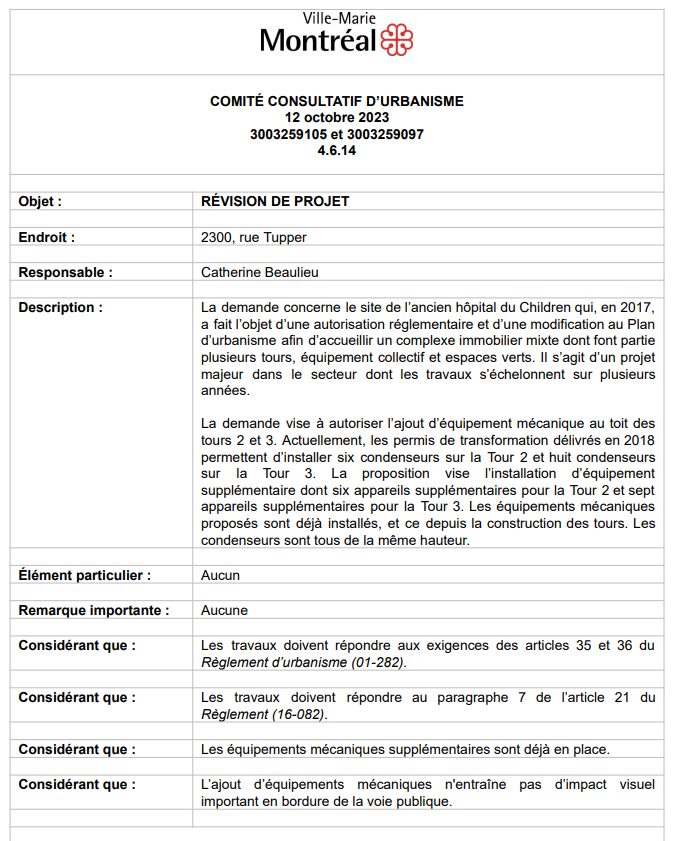

Amémagement paysager en cours. J’attends d’en voir plus mais pour le moment c’est pas satisfaisant. Je vois sur les rendus qu’il va y avoir du mobilier spécifique et quelques éléments de design donc peut être que l’ensemble peut encore prendre une direction positive.
En attendant, dans l’état actuel ça fait plutôt bas de gamme. Le pavage fait cheap et le motif de pose global n’est pas convaincant, la géométrie du quadrillage est cassée par le fait que le sol ne soit pas aplani et trop de ruptures abruptes et illogique dans sa trame aussi ainsi que beaucoup de ramifications de type chemin privé en béton coulé - ça donne un effet maladroit plutôt qu’un style assumé.
Sinon, le revêtement de la façade arrière du RDC des tours Est West fait vraiment dur. Ça va prendre plus d’arbres pour cacher ça.
Aussi, j’imagine qu’ils vont être redressés mais présentement je pense qu’aucun bollard n’est droit. D’ailleurs c’est pas fou comme conception… eux non plus n’ont pas de trame exacte et comme éclairage général, dans le secteur, le monde va certainement pas y rester longtemps le soir. J’attends de voir le produit final.
